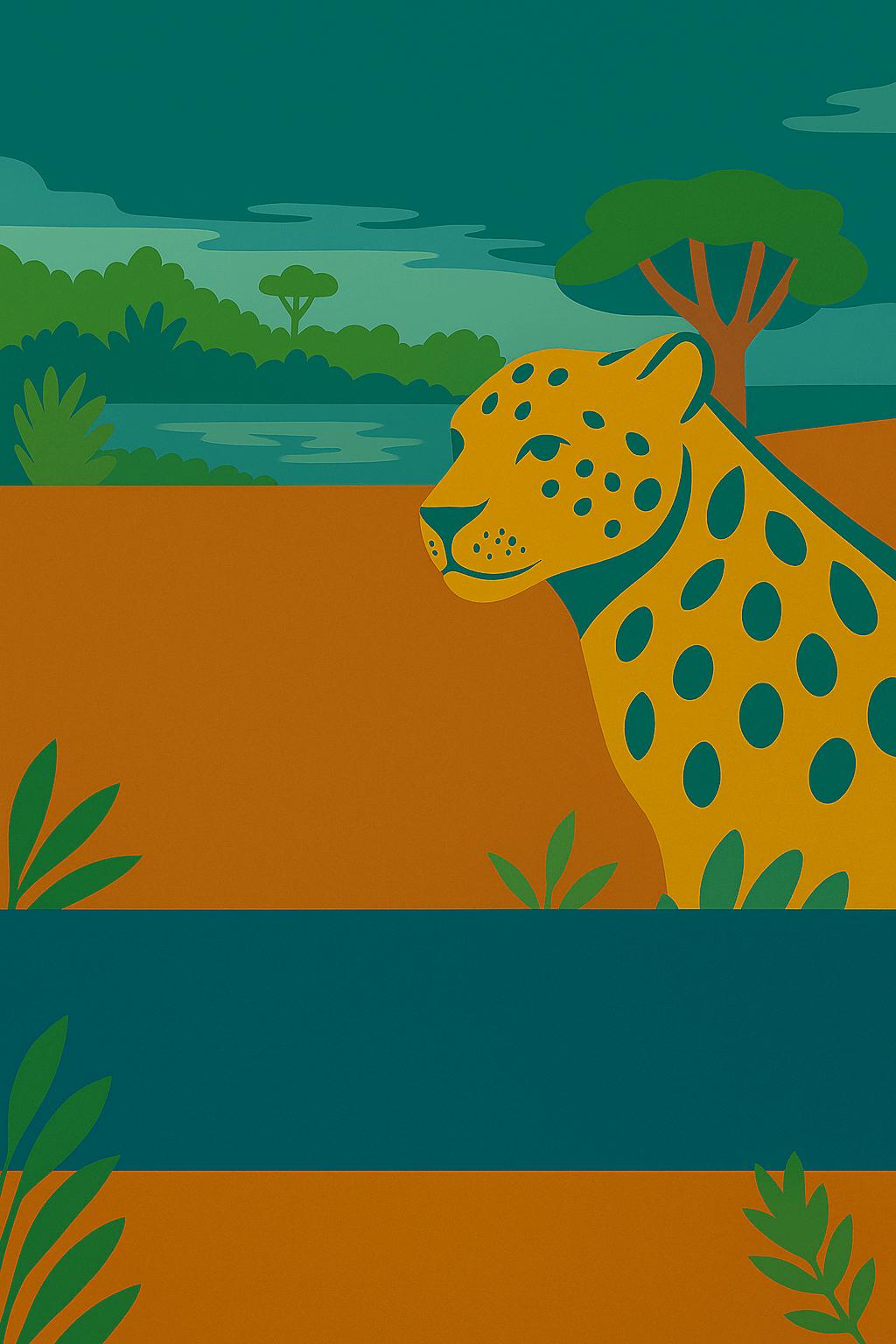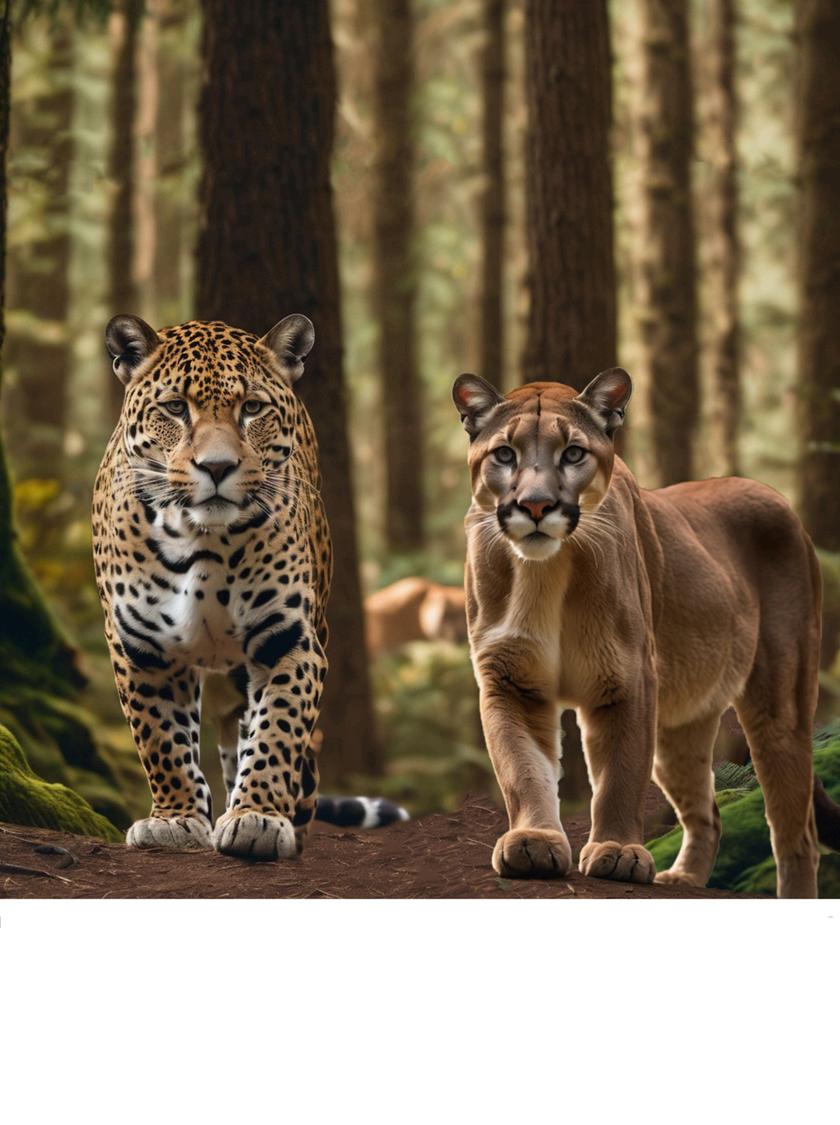The Voice of the Jaguar Introducingthe offspring
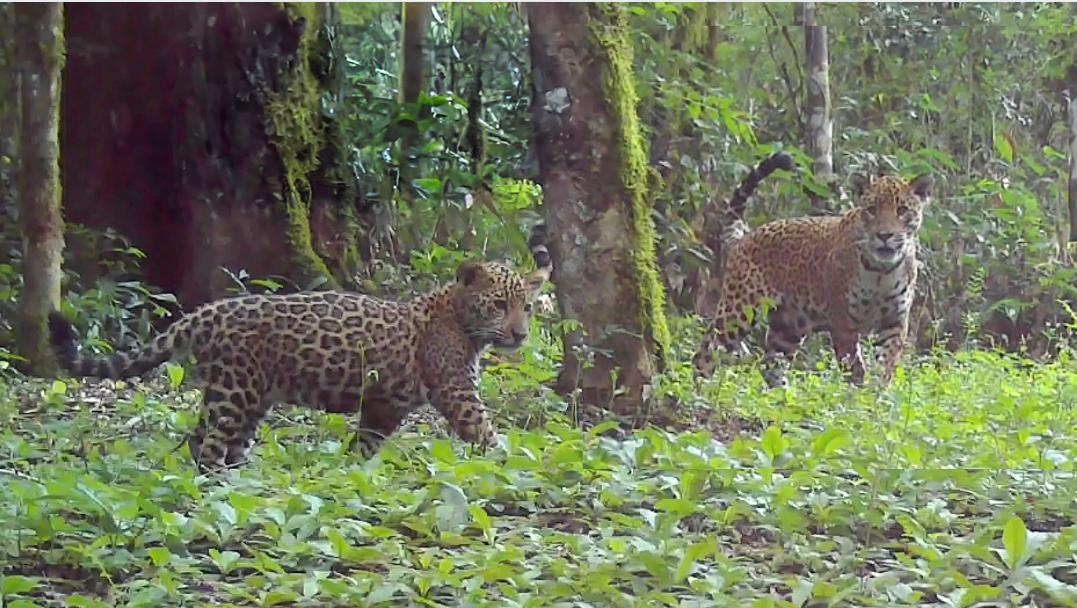
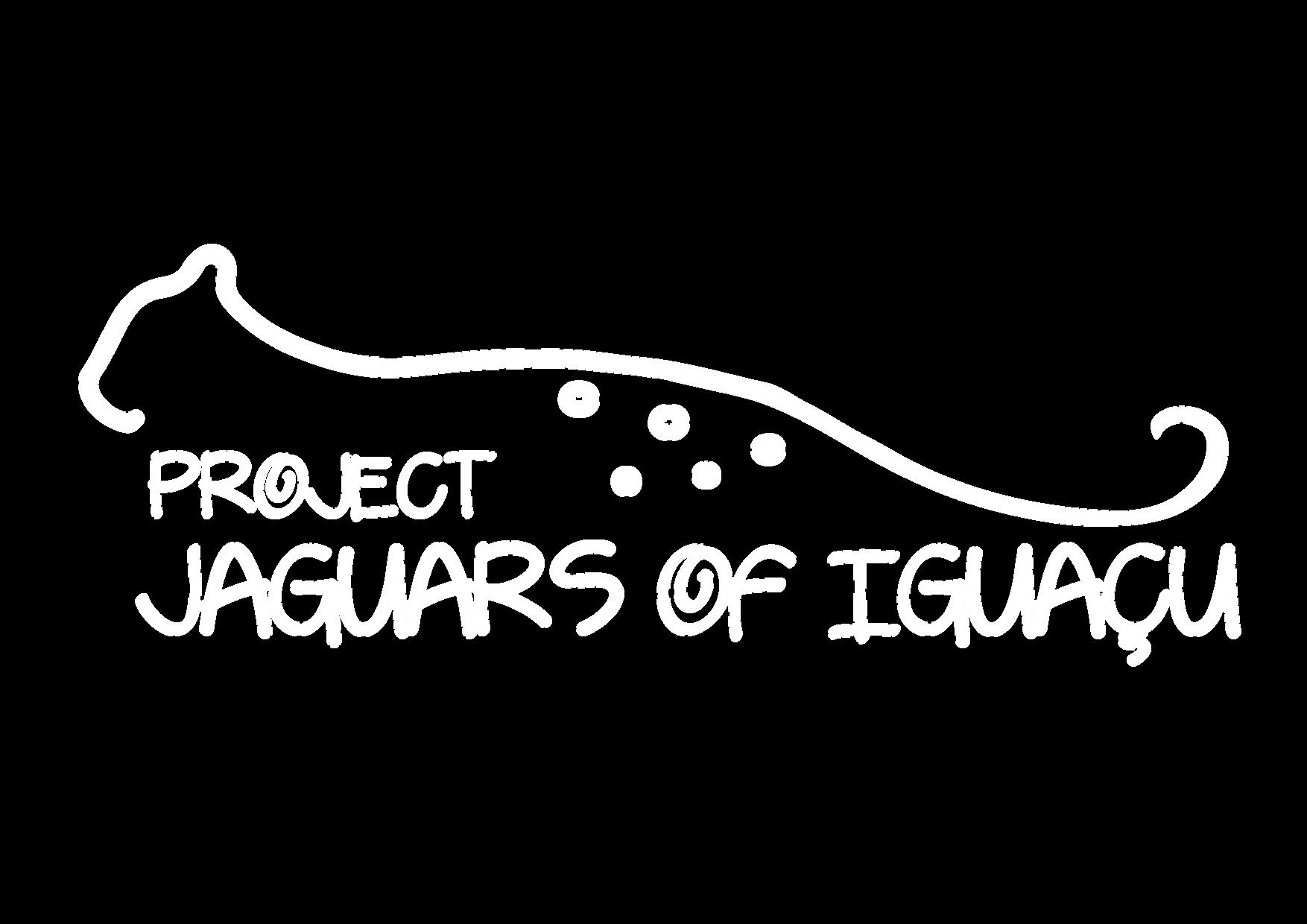
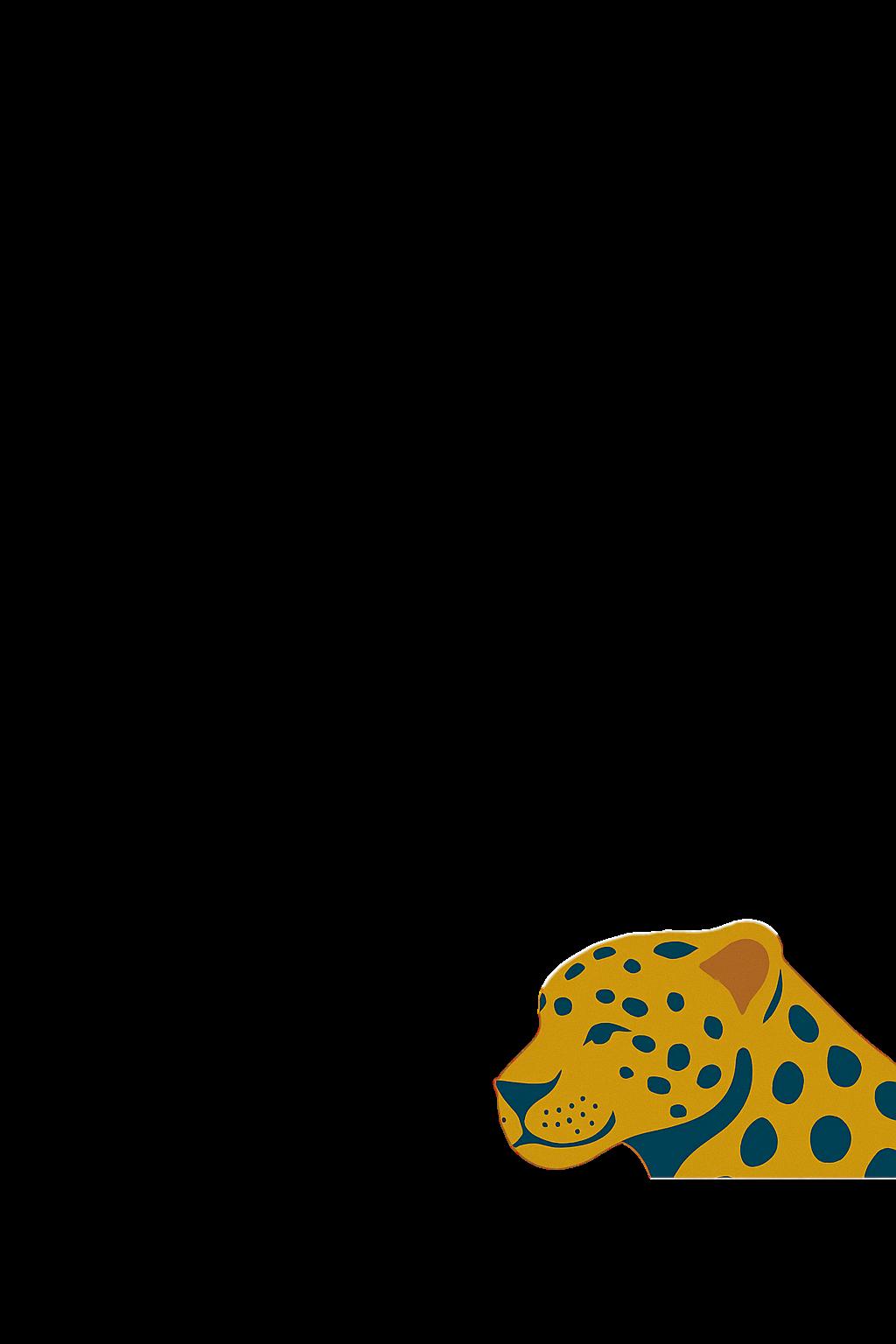

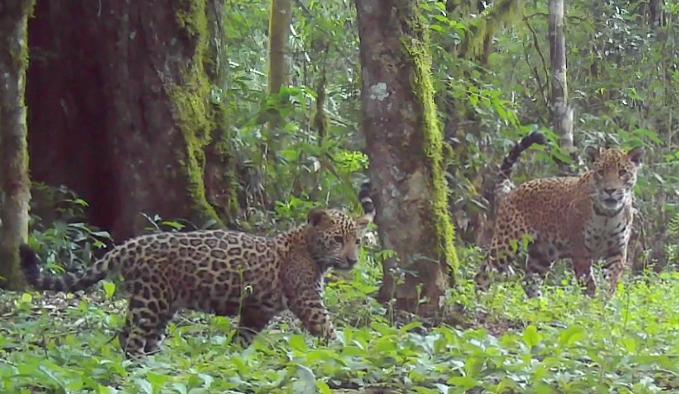
About Us
Project Jaguars of Iguaçu is an official conservation initiative led by ICMBio, carried out in partnership with Iguaçu National Park, Instituto Pró-Carnívoros, CENAP/ICMBio, and WWF-Brazil.
Meet the jaguars on our cover.
They are Aisha (“life”), first recorded in 2022, and her cub Suyane (“lily flower”). Suyane was first captured on camera in February this year.
She is Aisha’s first known offspring.
Mission
Jaguar conservation as a keystone species for the biodiversity of Iguaçu National Park and the surrounding landscape.
Jaguars, people, and Iguaçu National Park thriving together
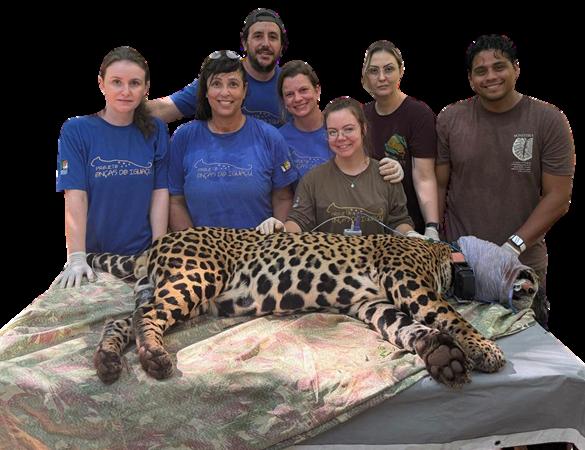
The Voice of the Jaguar” is an official publication of Jaguars of Iguaçu. This edition highlights the main actions and results achieved between January and May 2025
Meet Our Team
YaraBarros–Coordinator
VâniaFoster–ReserachCoordinator
ThiagoReginato–CoexistenceCoordinator
AlineKotz–CoexistenceManager
ValquíriaNascimento–ResearchAssistant
RanterSousa–ResearchAssistant
PatríciaT.Gomes–Veterinarian
IgorMoreno–LegalandAdministrative Consultant
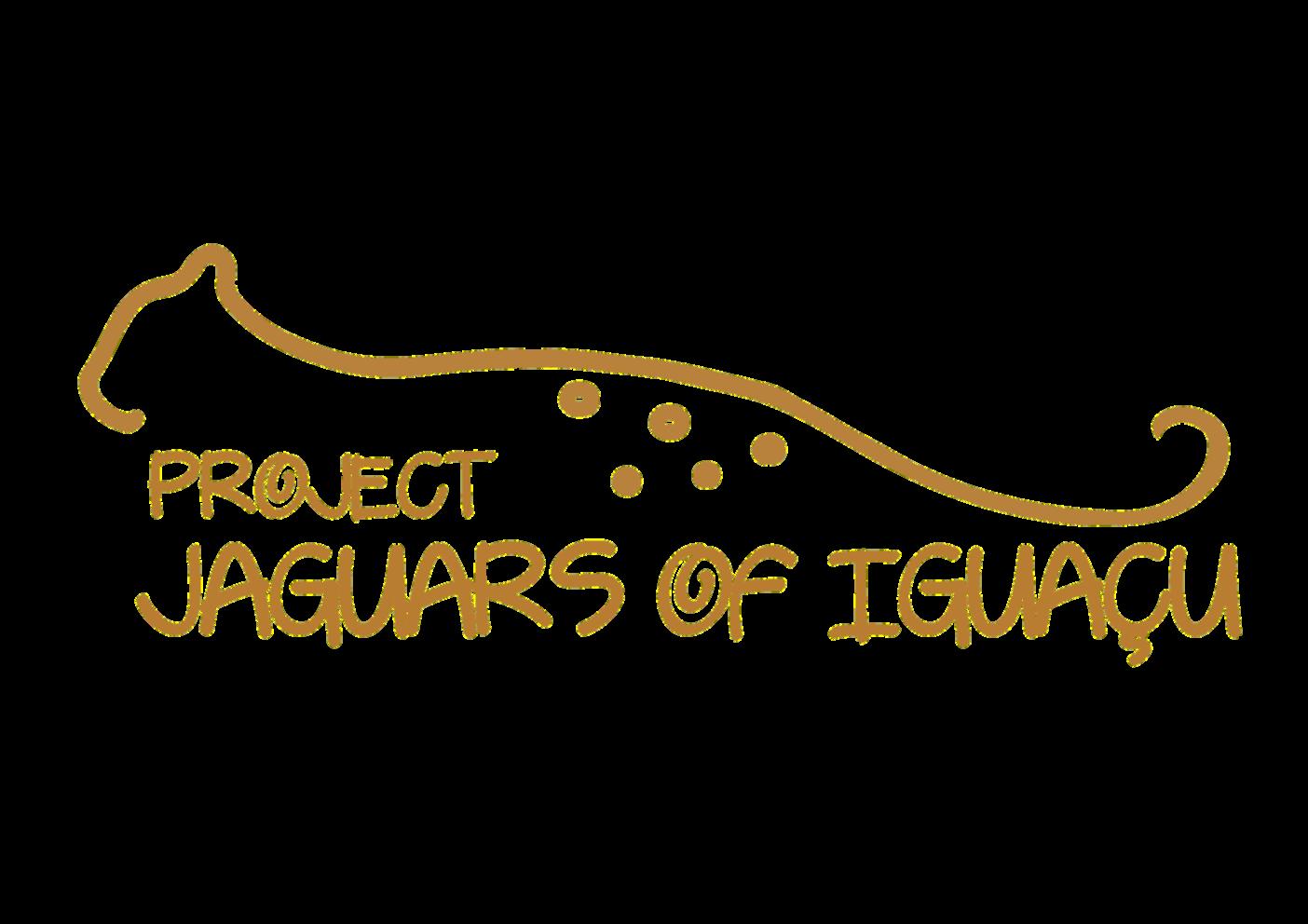








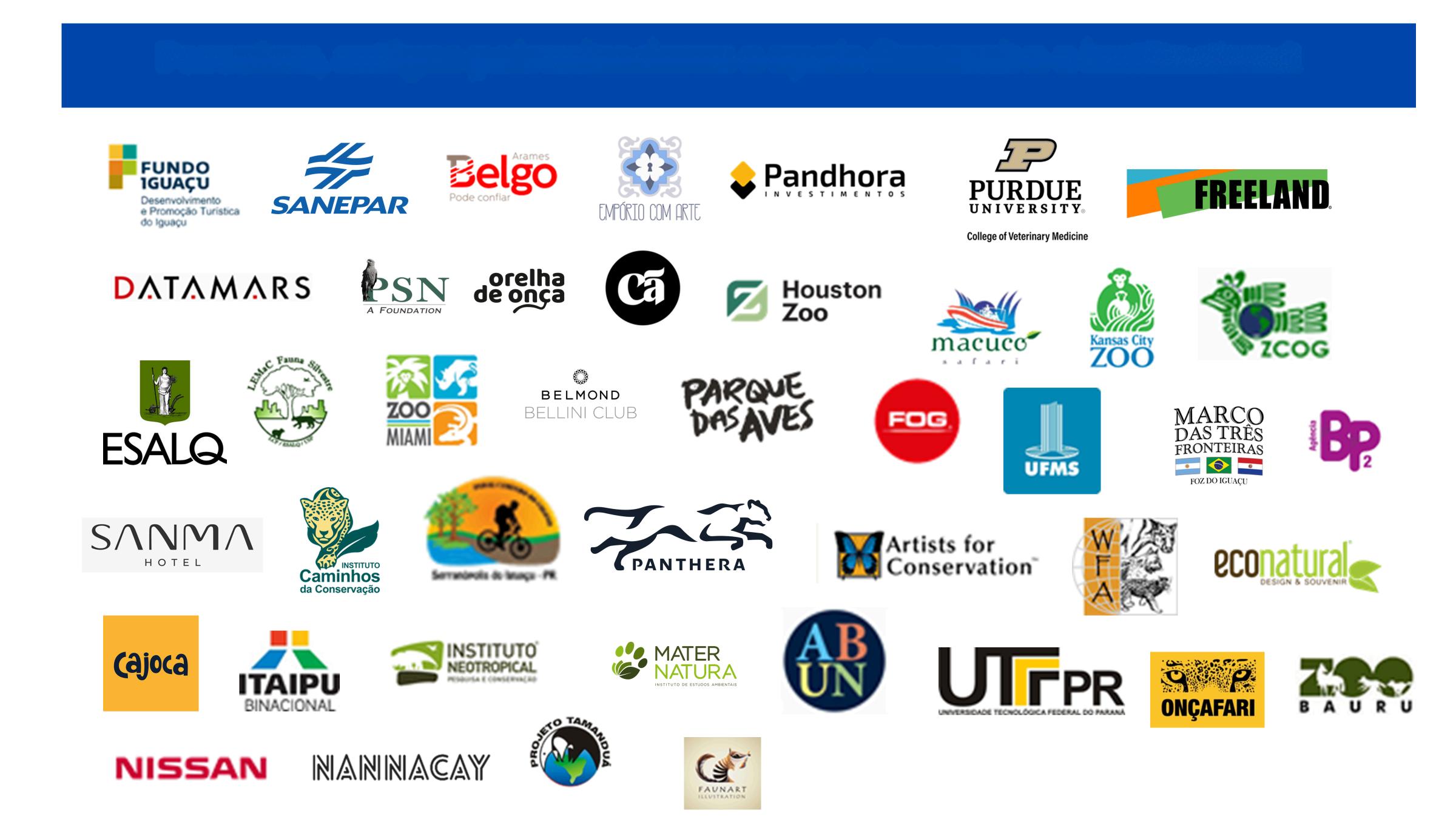
Strategic Planning
Where we at, where we headed?
In February, we reviewed the progress of our 2023–2027 Strategic Plan and we’ve already reached 45.61% of the goals set.

Wildlife Monitoring: Tracking Life in the Forest
We monitored 54 fixed points inside Iguaçu National Park adding up to over 6,400 camera-trap days!
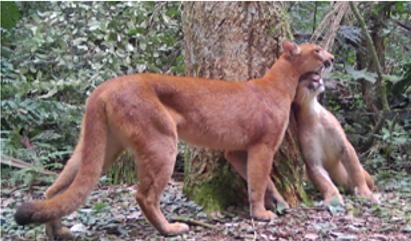



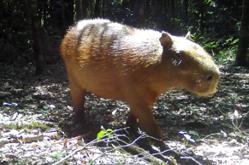


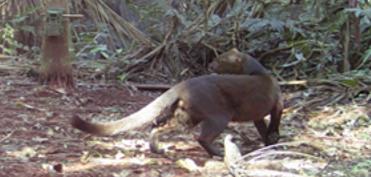
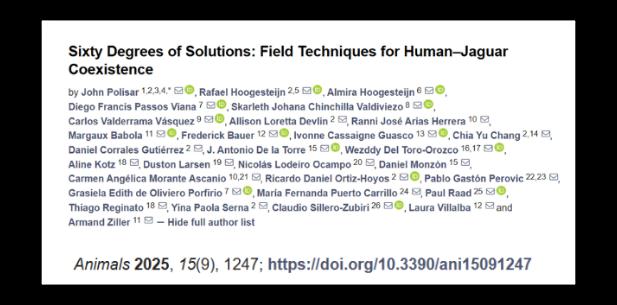
The jaguars of Iguaçu
171 jaguar records in just a few months — including 27 unique individuals: 22 adults and 5 adorable cubs!
Hendu

Reproductive Activity
EThis year, Cacira was recorded with two cubs, born at the end of 2024. We also recorded two other females with cubs: Angá, Cacira’s daughter, with two cubs her second known litter and Aisha, seen with a cub for the first time.
Despite having cubs, Cacira was also recorded interacting with the male Urupê.
Aisha with cub Suyane
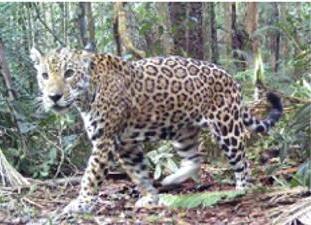

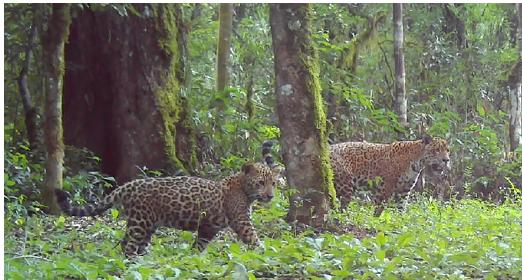
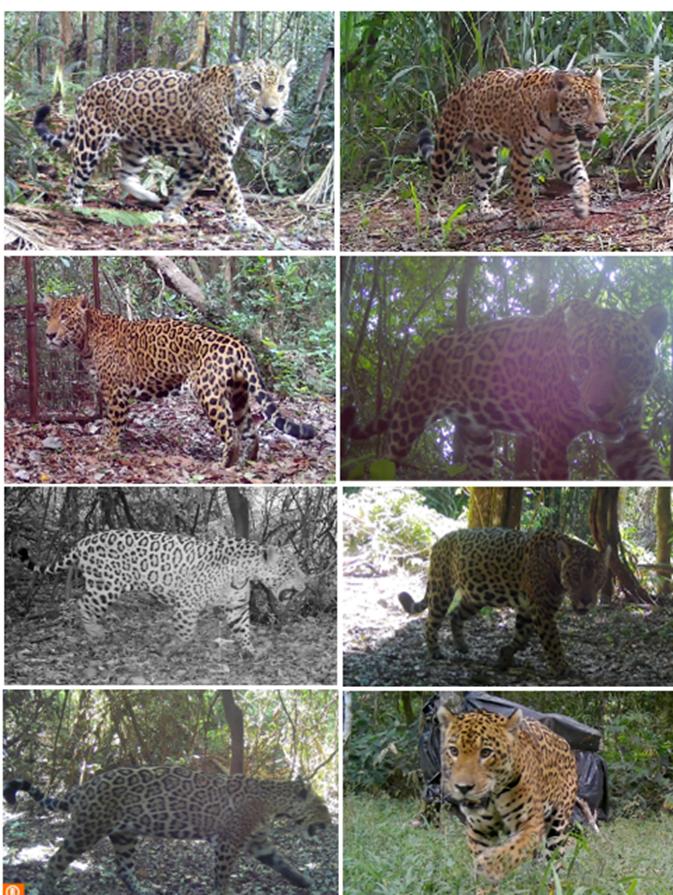
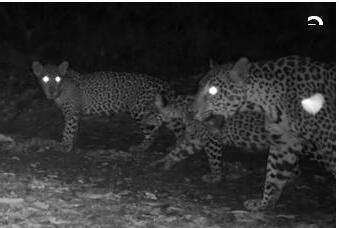
Angá’s New Generation


Monitoring of Wildlife
Use in Culverts
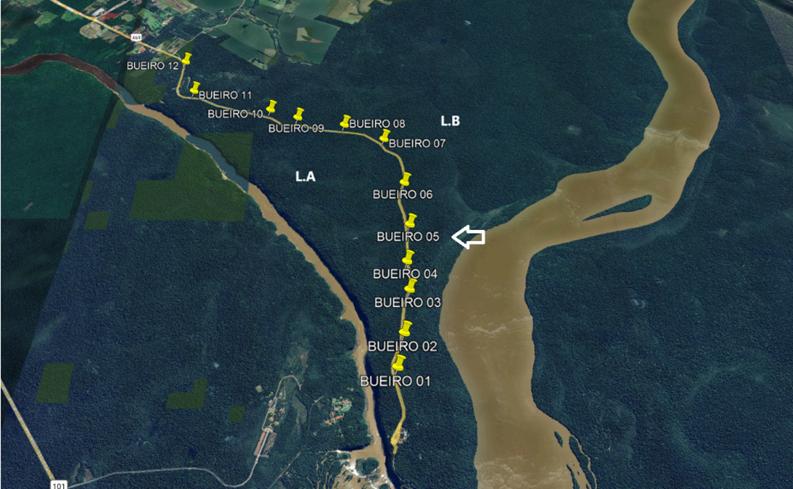
Ocelot
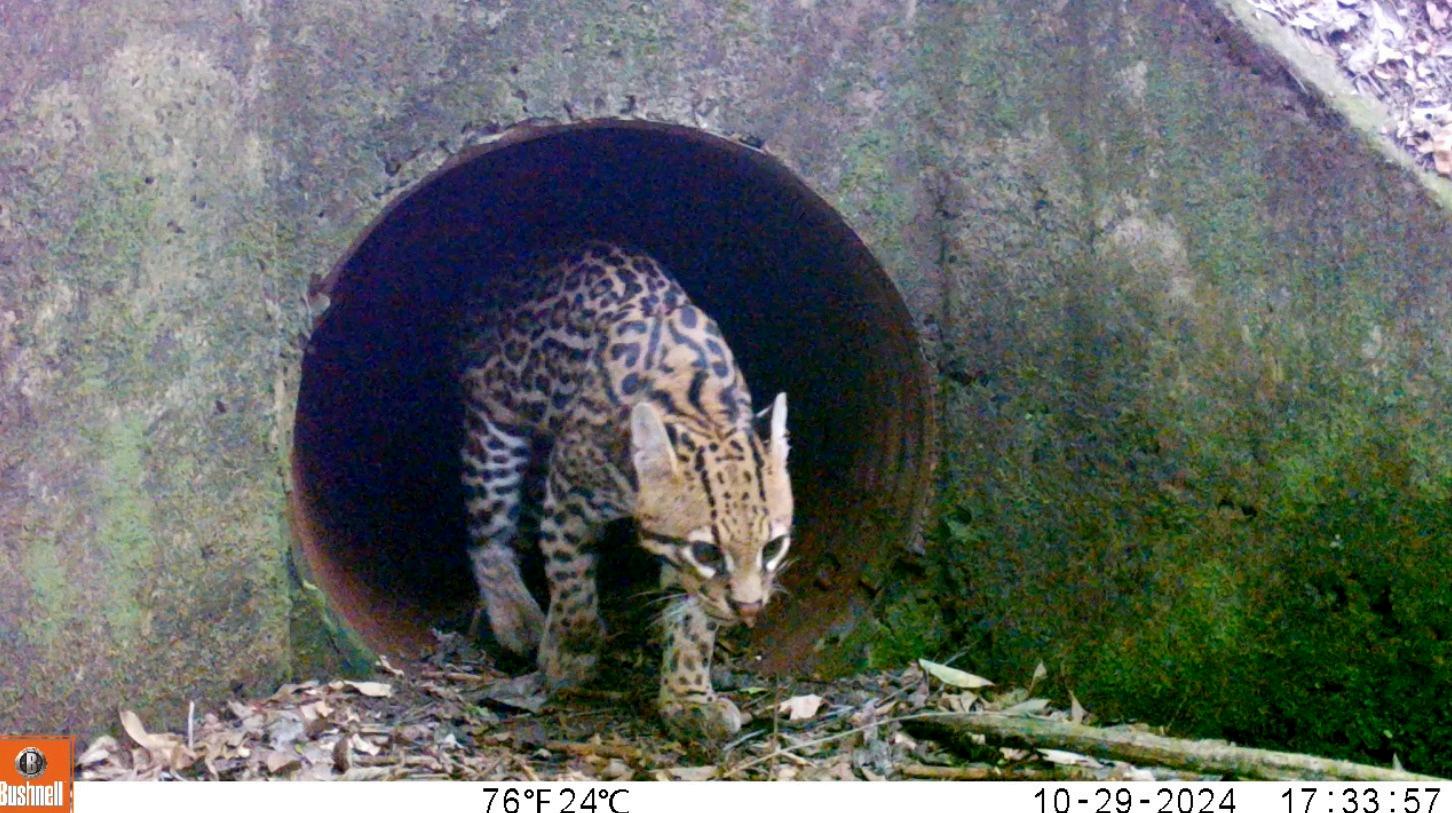
The monitoring of drainage structures was conducted for four months along BR-469, within the perimeter of Iguaçu National Park. Twelve culverts were monitored.
We recorded 33 species: 15 mammals, 16 birds, and several records of reptiles and amphibians.
Among all the records, 140 indicated the use of drainage structures for effective movement.
Tayra
By analyzing jaguar scat, we can determine what these cats are eating.
Ana B. de Almeida, from LEMaC/ESALQ, under the supervision of Dr. Kátia Ferraz, has already analyzed 148 samples we sent.
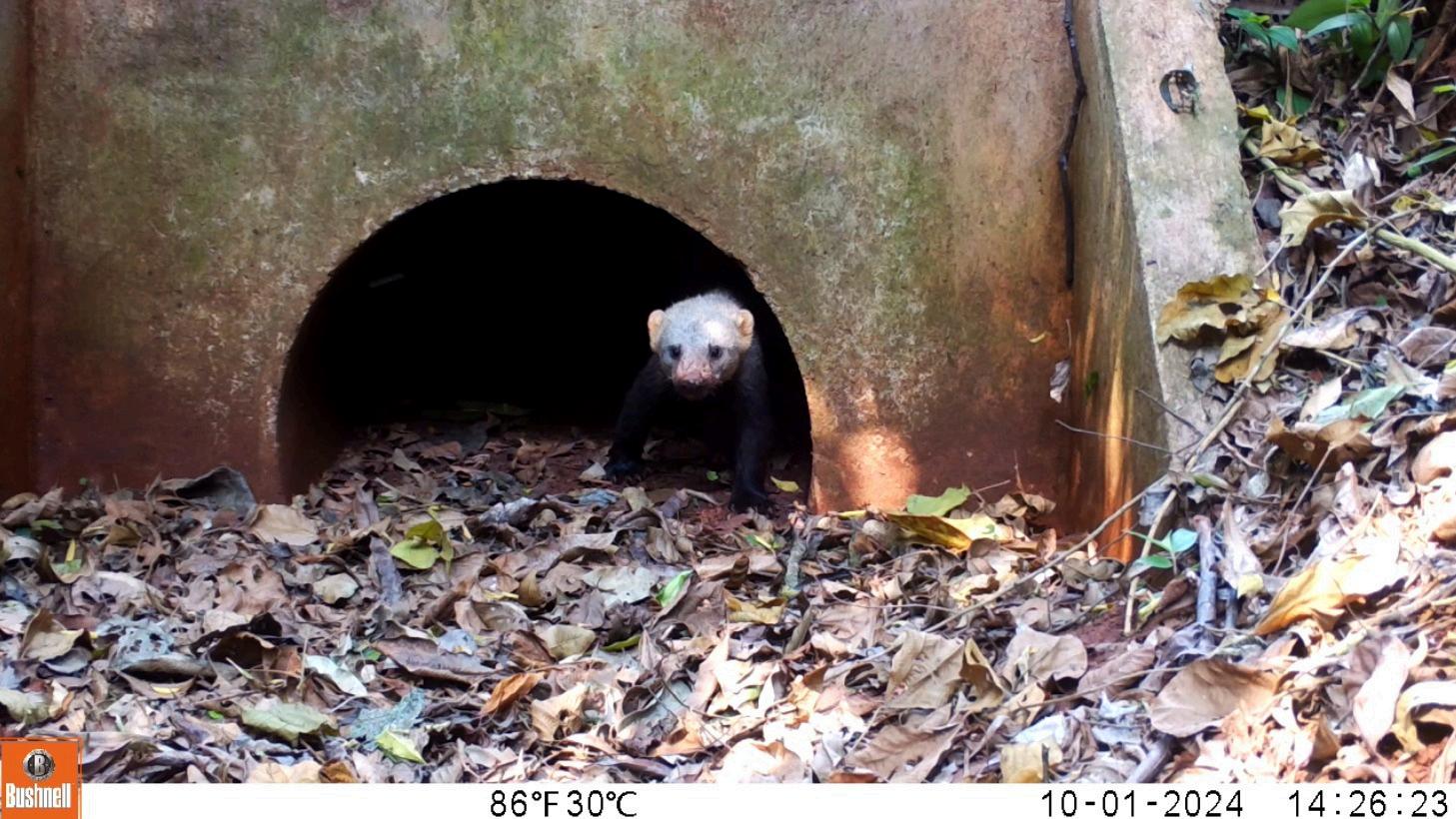
Diet
She identified 27 prey categories 22 for pumas and 19 for jaguars. Mammals were the most frequently consumed prey by both species.
We’ll soon have the results from all the samples submitted.
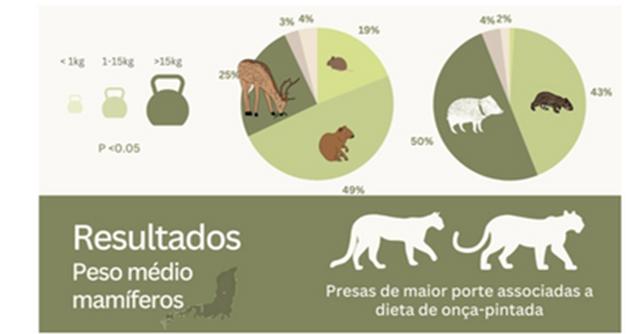
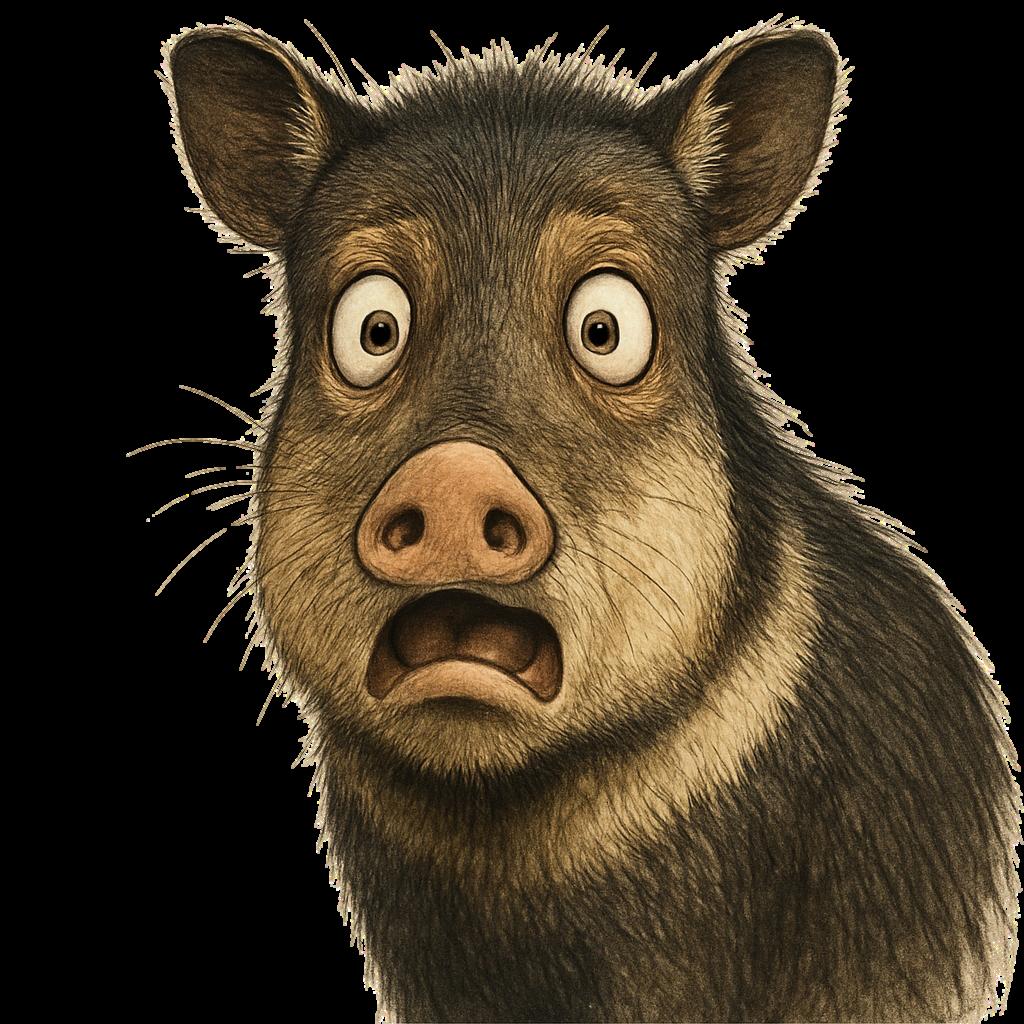
Monitoring Corridors
Guess Who’s Passing Through?
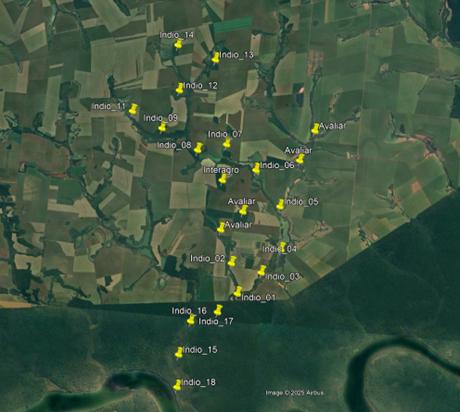
Capturing Ocelots Not Your Average Kitty!
In the previous year, camera traps documented several ocelots exhibiting symptoms consistent with sarcoptic mange. To evaluate the health status of these individuals within Iguaçu National Park, we initiated a capture and health assessment program.
In April, three ocelots were successfully captured, and biological samples were collected for comprehensive laboratory analysis.
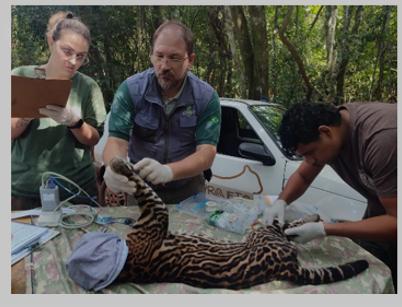
To understand if — and how — jaguars use the wildlife corridors surrounding Iguaçu National Park, we’ve launched a new study: the Rio Índio Corridor, in São Miguel do Iguaçu.
This corridor includes about 25 km² of forest and spans 10 private properties.
After a conversation with the landowners, we installed 18 monitoring points, covering the entire stretch from the river’s source to its mouth at the Iguaçu River.
These camera traps will remain in place for 90 days.
Exciting things are on the way, folks!
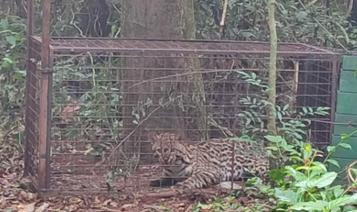
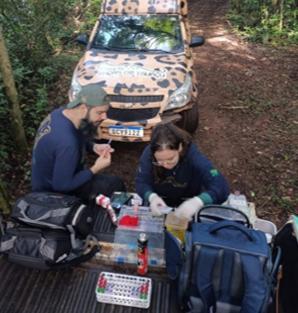
Tracking Jaguars: Captures in Action
Between April 4th and 18th, 2025, we conducted our first jaguar capture campaign of the year. This effort involved close collaboration with Proyecto Yaguareté (Argentina), CENAP/ICMBio, and veterinarian Jorge Salomão, an associate researcher with our project. Thanks to the generous support of Itaipu Binacional, who donated three monitoring collars, lent essential equipment, and performed blood analyses, we were able to safely capture two jaguars: Uyara, a young female still too small to wear a collar, and Hendu, a male who was successfully fitted with a tracking collar.
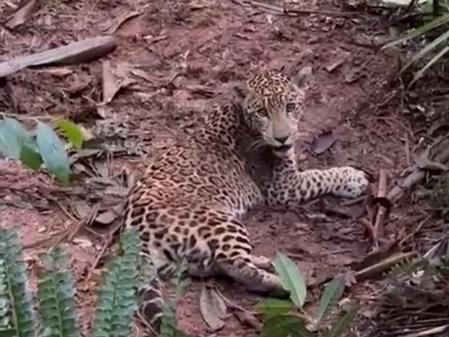


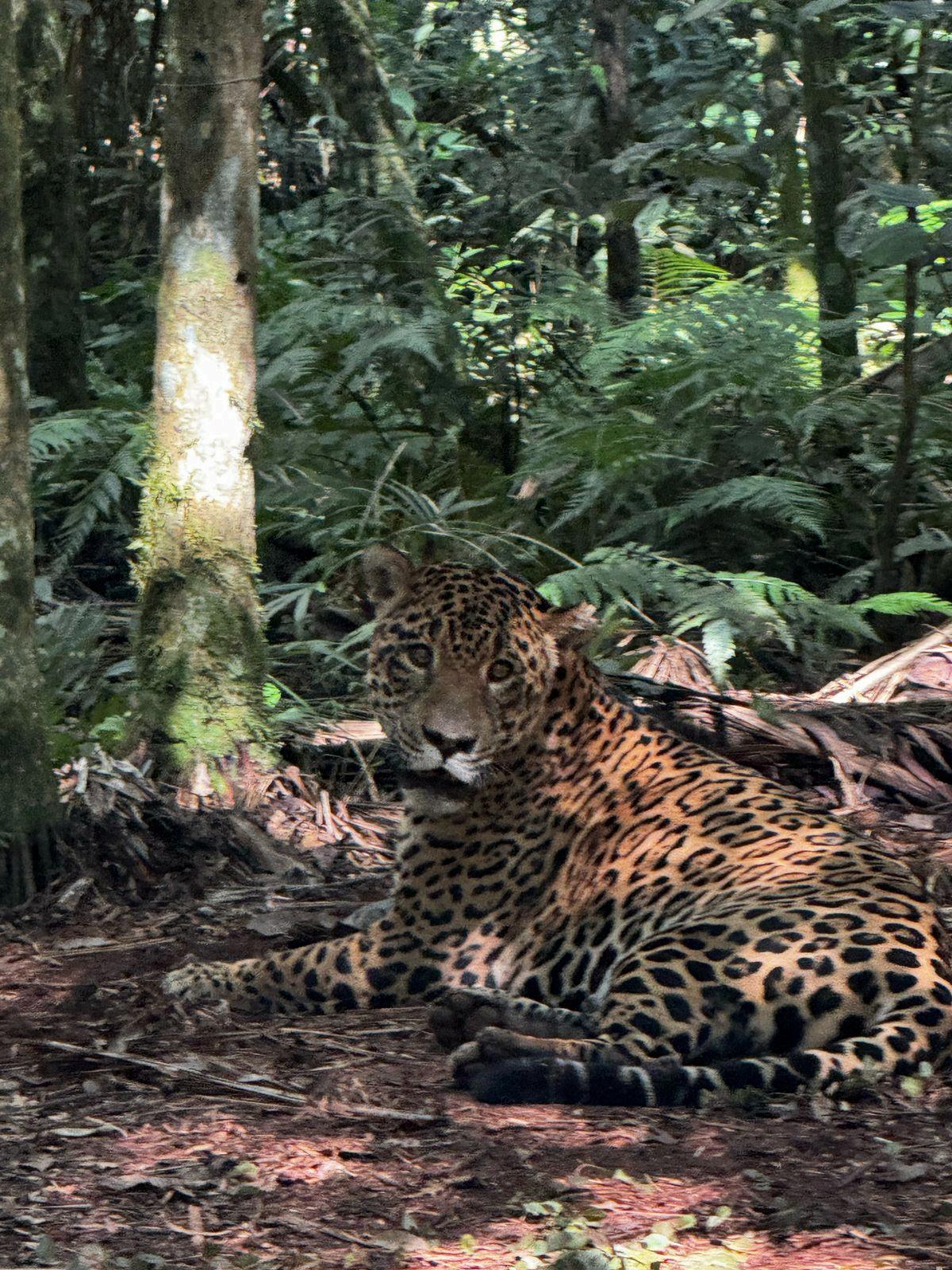


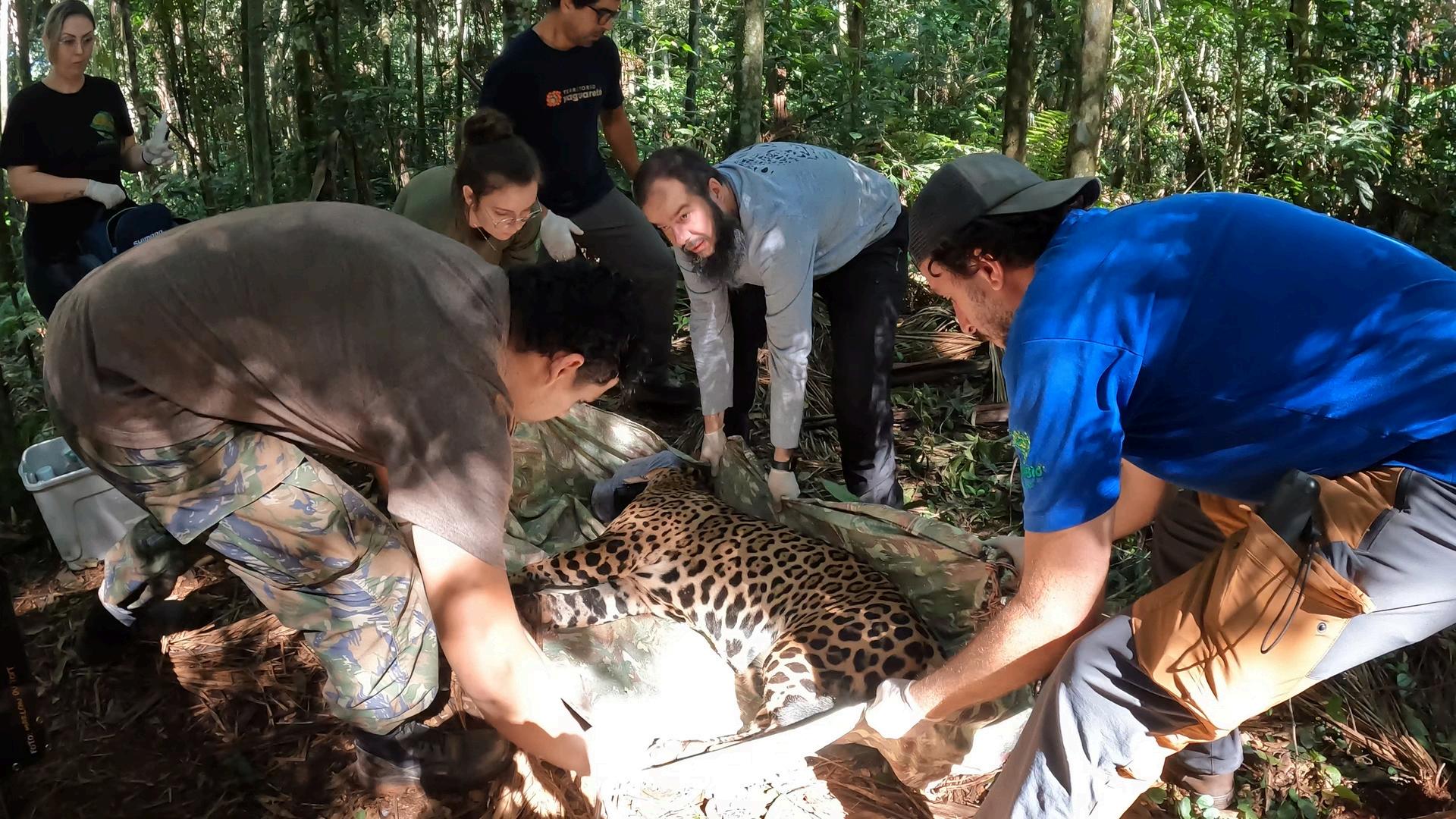
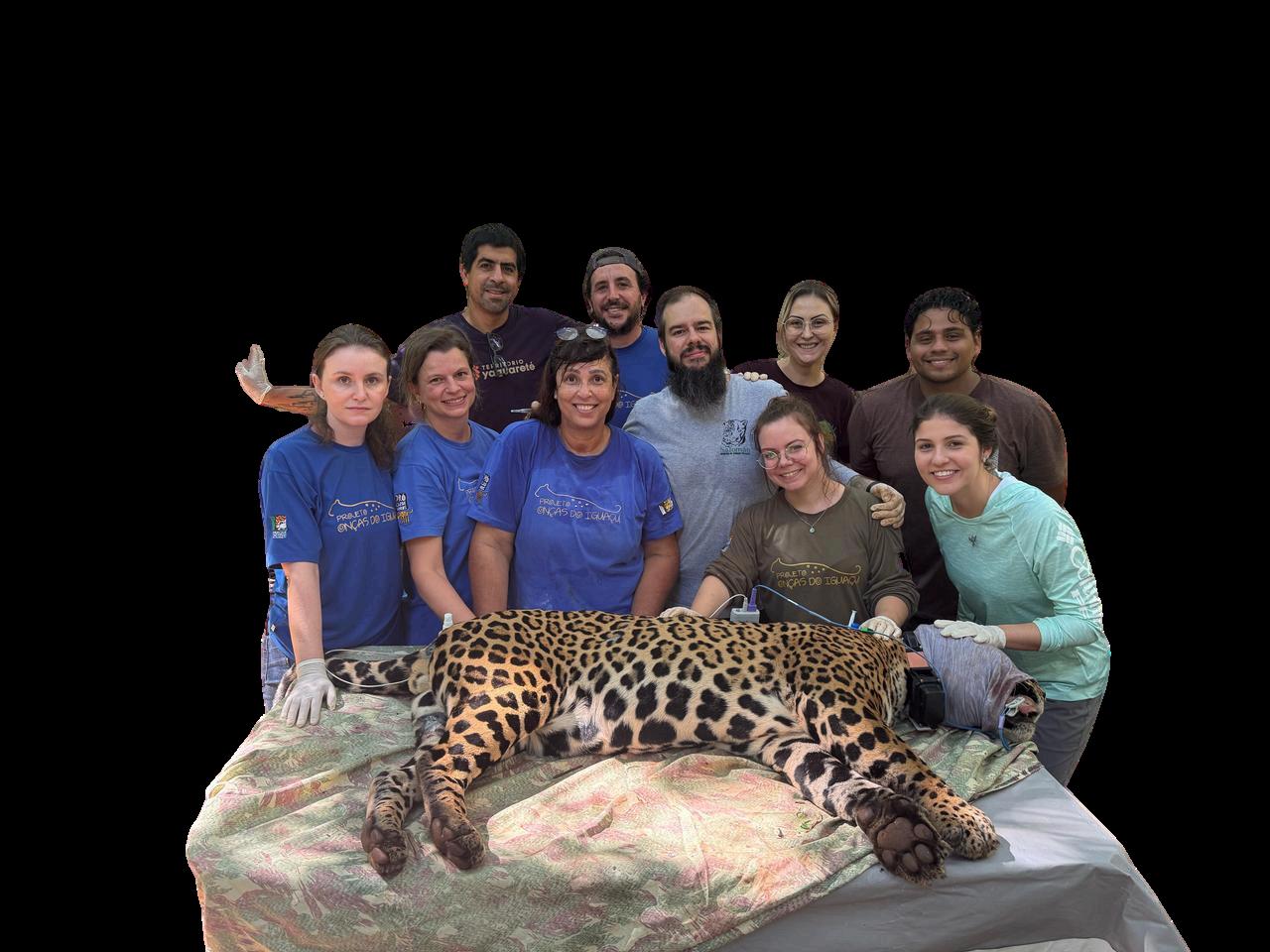
Monitoring Hendu
Tell me, where have you been roaming...?
AfterthecaptureofthejaguarHendu, monitoringofhismovementsbeganvia satellitetrackingpoints. Andthislittleguysuremovesaround,folks! HetravelsbetweenBrazilandArgentina,and atonepoint,hegotdangerouslycloseto Route101 ahigh-riskareaforvehicle collisions.
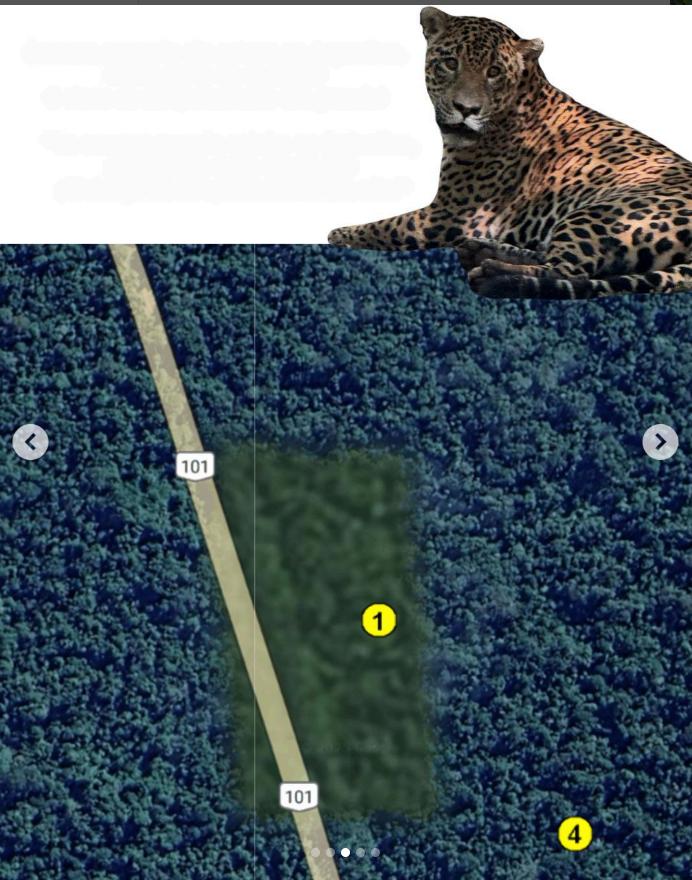
ProyectoYaguaretéactedquickly:theyalerted Argentineparkrangers,whoimmediatelyset upacheckpointtoslowdowntrafficand protectHendu.

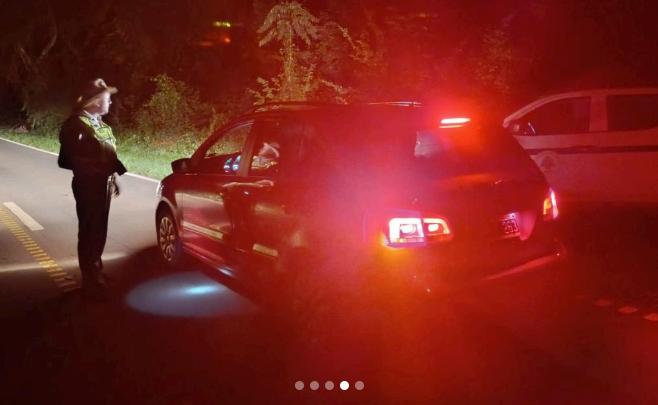

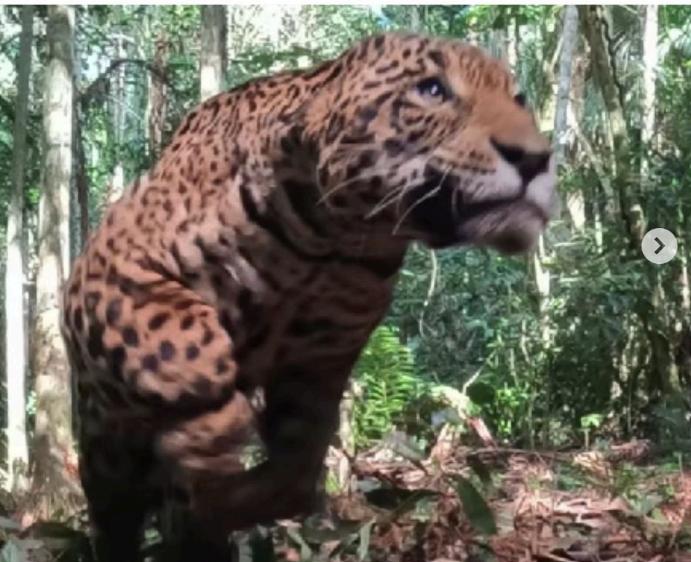
A Lone Wolf...
A maned wolf was recorded wandering through the city of Foz do Iguaçu and was found cornered in an area with a high risk of vehicle collisions.
Project Jaguars of Iguaçu, Eco Park Foz, and the Environmental Police organized a rescue operation to capture the animal, which was taken to the Bela Vista/Itaipu Biological Refuge. There, it was examined and allowed to recover for several days The wolf was nicknamed Ybipiru (meaning lost or disoriented).
The CENAP/ICMBio team fitted it with a collar donated by Eco Park, and we released the animal back into the wild. It was monitored via the collar for a few days but lost it shortly after release
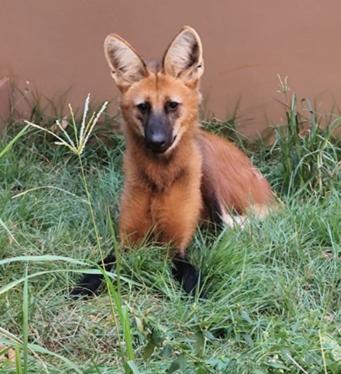
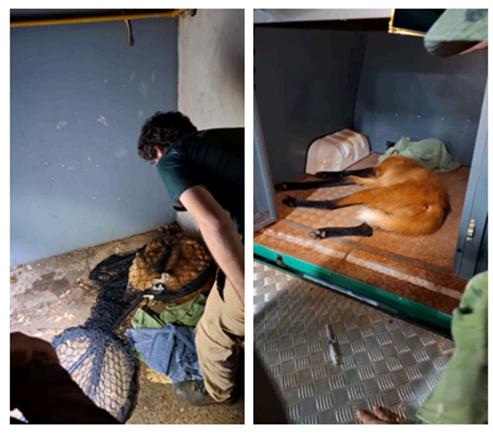

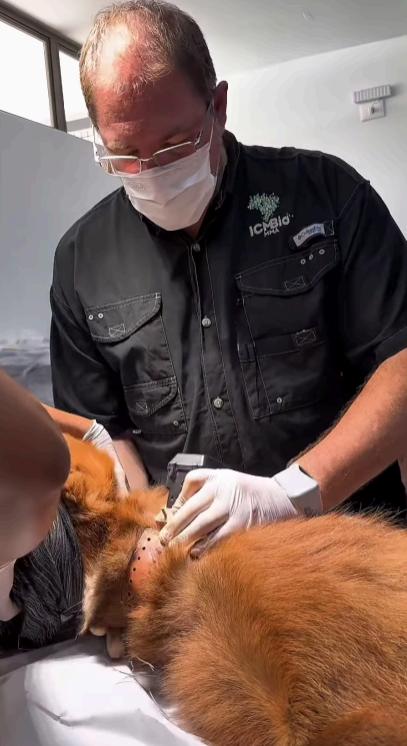


Jaguar Crocheteers
Women’s Empowerment and Sustainable Livelihoods
One of the project’s focus areas is alternative income generation and the empowerment of women living in the region.
We created the Jaguar Crocheteers group, which consists of 18 women from three municipalities. They craft crochet jaguars, adding value to these products. We help them find markets for their creations.
Claudiani Tavares, one of the crocheteers, coordinates the group and serves as our focal point.
We hold regular alignment meetings with the crocheteers, and in February, one was held in Serranópolis.
CarnivalRoar FozdoIguaçu FriendsoftheJaguar Block

Meeting
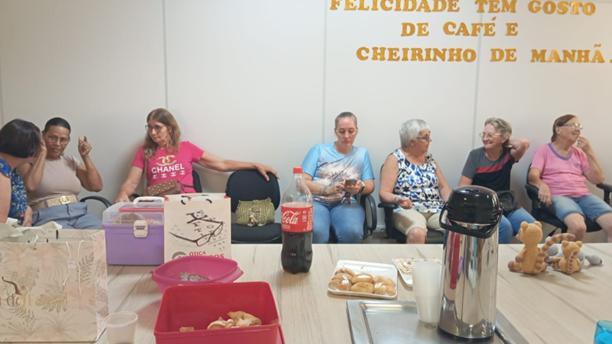
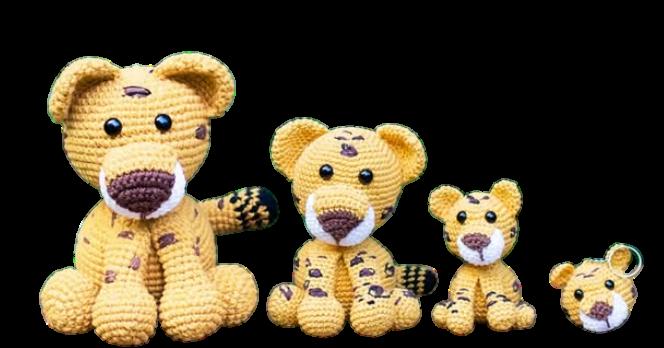
The Engagement Program of Projeto Onças do Iguaçu targets residents living in municipalities surrounding Iguaçu National Park.
So, what’s the point of this, folks? Here’s what we aim to do: increase knowledge about jaguars, reduce the perceived impact of jaguars and the risk to human and domestic animal safety, and improve people’s attitudes toward these cats. We work to connect people with jaguars, clarify misinformation and misconceptions about them, and also create and strengthen bonds within our team.
Coexistence
One of the actions of Project Jaguars of do Iguaçu is responding to reports of jaguar sightings and possible predation of domestic or livestock animals. During these responses, we provide guidance on proper livestock management, appropriate carcass disposal, safety measures for people, and, when necessary, we distribute firecrackers, rockets, and air horn alarms for protection. We also distribute informative materials.
Through our prompt response and constant presence, we aim to strengthen bonds, increase trust in our work, and replace fear with information thereby preventing jaguars from being killed in retaliation.
Between January and May, we conducted 80 visits across 28 properties in 8 municipalities surrounding the park: Céu Azul, Foz do Iguaçu, Lindoeste, Matelândia, Santa Tereza do Oeste, Santa Terezinha de Itaipu, São Miguel do Iguaçu, and Serranópolis do Iguaçu.
Routine visits to properties allow us to build and strengthen bonds with the community which benefits both the jaguars and the people!
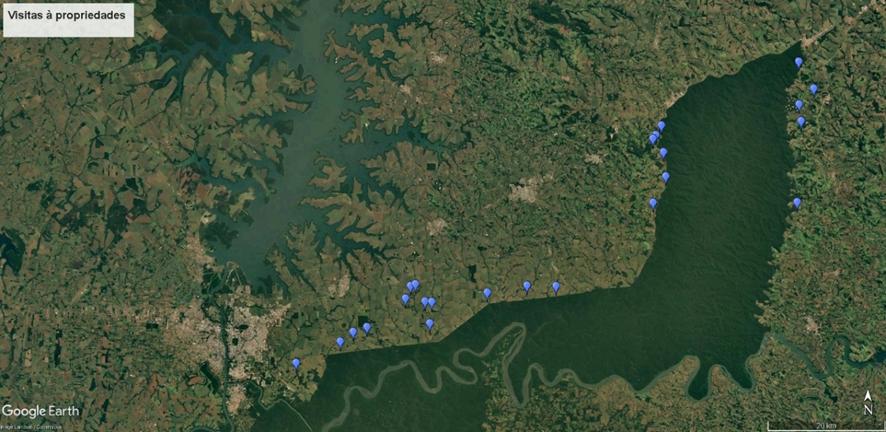
LocationofVisitedProperties
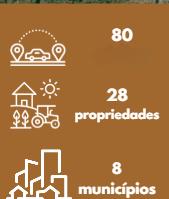
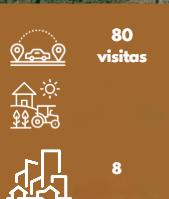
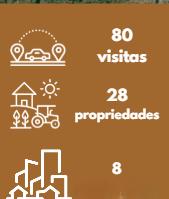
Check Out Some of the Visits
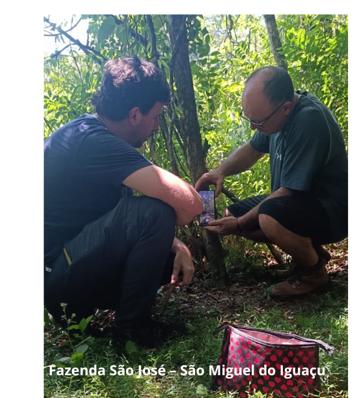
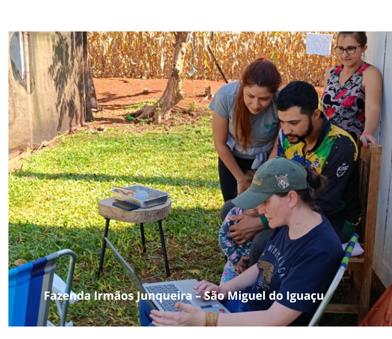
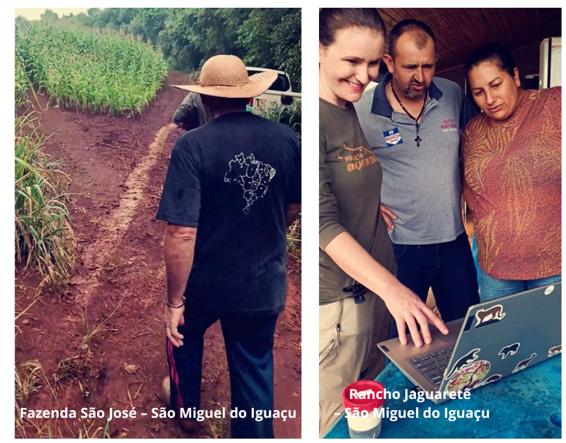
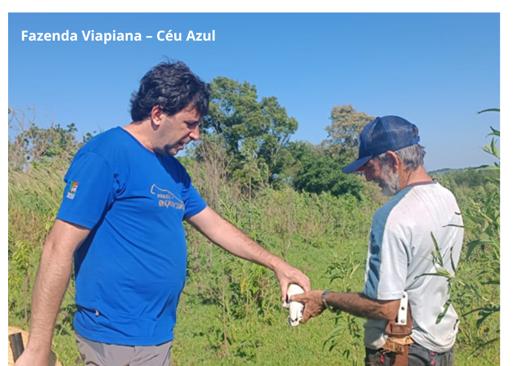

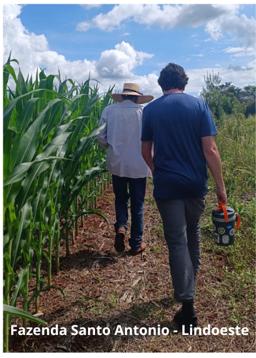

Response to Predation Incidents
Upon receiving reports of predation, we have an immediate response strategy! This allows us to assess the situation, identify the predator, and help protect properties to reduce the risk of future predation.
Between January and June 2025, we responded to 7 predation incidents — 6 caused by jaguars and 1 by a puma.
These responses took place on 5 properties across 3 surrounding municipalities: Capitão Leônidas Marques, Céu Azul, Foz do Iguaçu, Matelândia, Santa Tereza do Oeste, and Santa Terezinha de Itaipu.
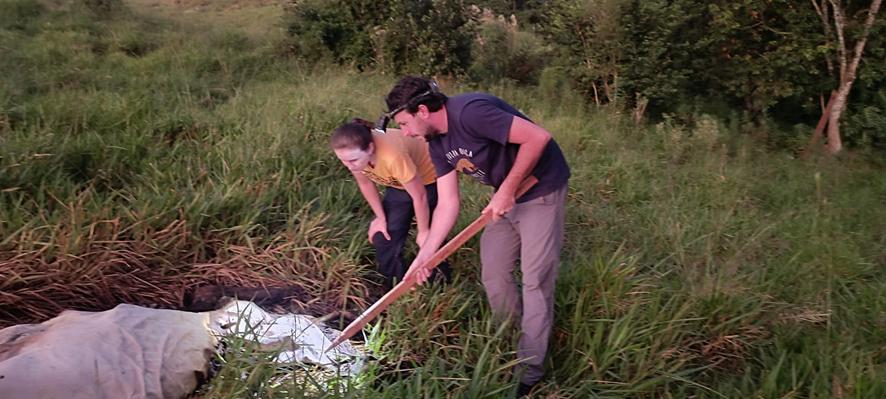
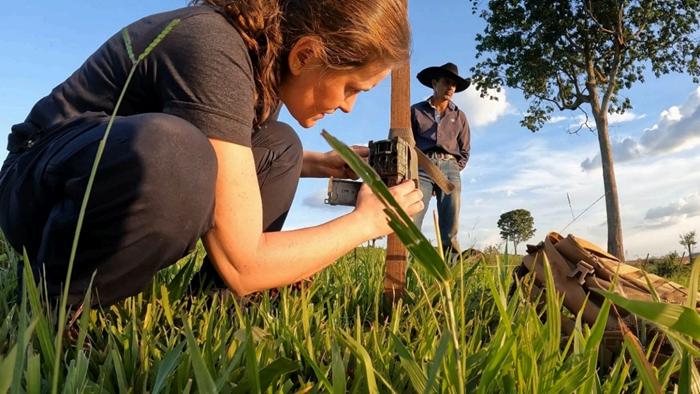
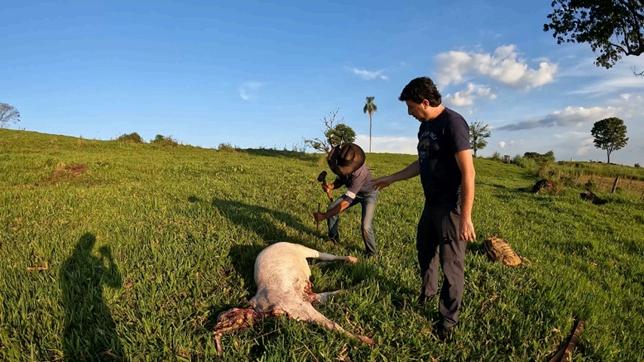
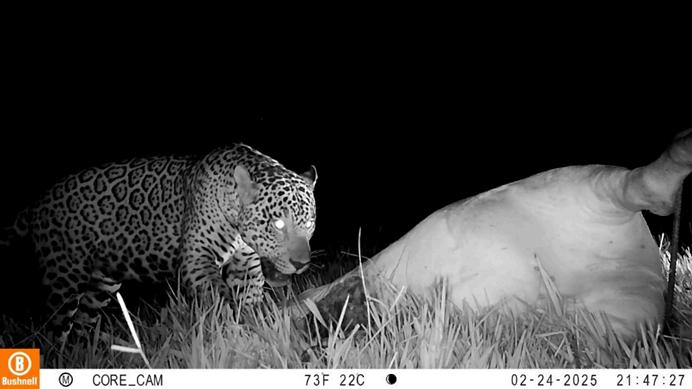
At each property where predation occurs, the project tries to identify the predator, advises the owner on management changes to make the property less vulnerable, installs anti-predation devices, and monitors the property for at least one year to prevent further incidents.
Prevention
Guto Bellon - Serranópolis do Iguaçu
The project aims to reduce the financial risks caused by predation of domestic animals, thereby potentially increasing producers’ tolerance toward large felines.
On properties with a history of predation or that are vulnerable, preventive measures are implemented.
Between January and May 2025, we distributed 54 anti-predation devices across six properties located in four municipalities: Lindoeste, Céu Azul, Santa Tereza do Oeste, and Santa Terezinha de Itaipu.
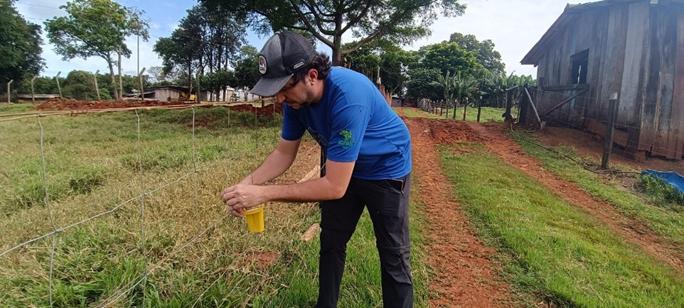
Distributed material
Foxlights: 14
Firecrackers: 18
Turerê Collar: 5
Air Horns: 15
Complete Electric Fence: 1
Construction Mesh: 1
Butanti-predationdevices don’tworkmiracles! Propermanagement adjustmentsarealso necessary!

But what exactly is this thing called a Foxlight??
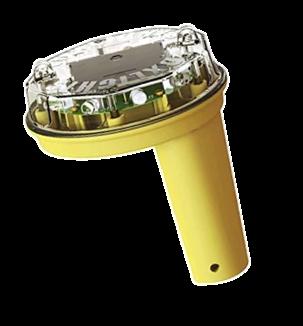
It is a device with computerized LED lights that flash in various colors According to the manufacturer, it prevents habituation by wild animals because it blinks intermittently and randomly. It is visible from up to 1.5 km away and features 9 LED bulbs 2 red, 2 blue with a 360-degree coverage. The device turns on automatically and can be powered by a solar battery or a 6-volt battery.
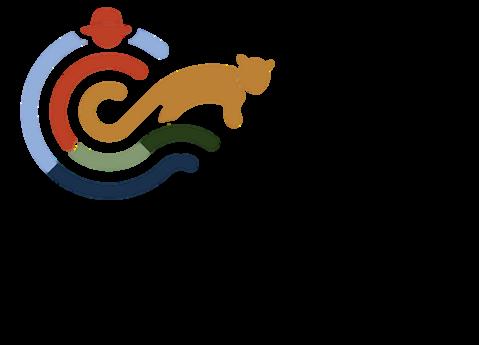
CENTER OF CONSERVATION AND COEXISTENCE
The Conservation and Coexistence Cente
(CCC) aims to support and strengthen coexistence between large felines and human communities in the Triple Frontier region.
This center will serve as a regional hub for training, demonstration, and coordination for technicians, rural producers, educational institutions, and conservation projects from Brazil, Paraguay, and Argentina.
The CCC will serve as a practical and theoretical reference for preventing conflicts between humans and large predators, focusing on solutions applicable to the local reality.
It was built with funding from WWF Brazil, and training sessions will be conducted with resources from the Whitley Fund for Nature.
The CCC is ready and will be inaugurated in June

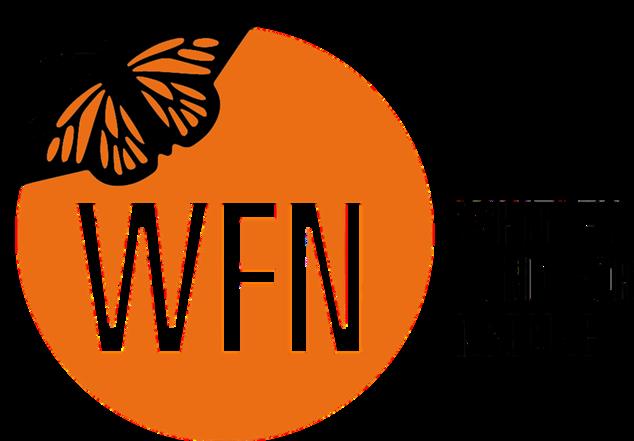
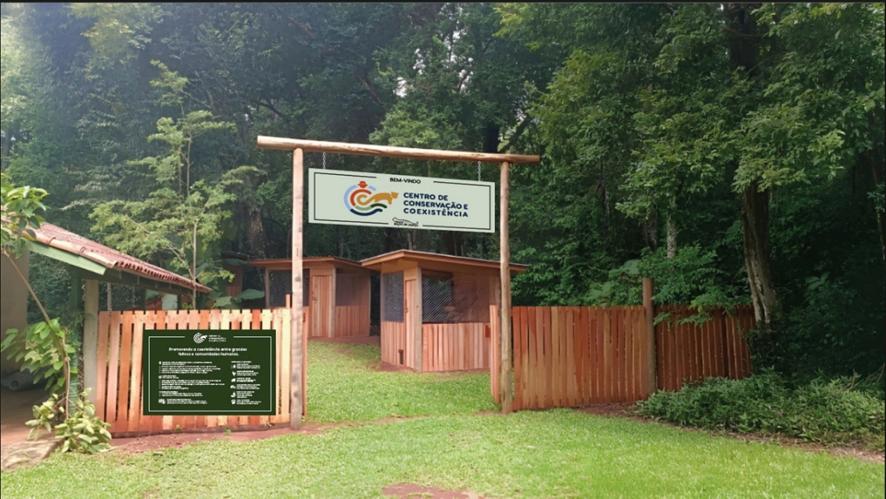
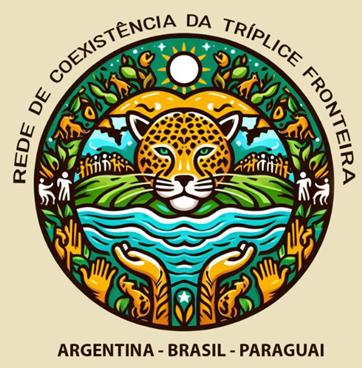
We created the Triple Frontier Coexistence Network, aimed at promoting coexistence between human communities and large felines in the Triple Frontier region (Brazil, Argentina, and Paraguay).
This will be a collaborative network for conducting technical trainings and implementing sustainable conflict management practices.
In June, the three countries will meet to develop the strategic plan for this network.
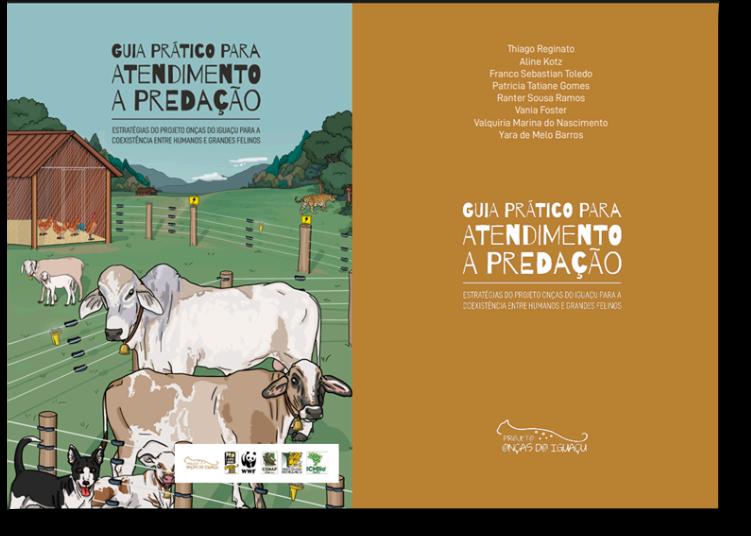
We developed a practical and efficient guide for responding to predation cases involving large felines. Based on the hands-on experience and coexistence strategies of Projeto Onças do Iguaçu, the guide aims to minimize conflicts between humans and jaguars, protect domestic livestock, and promote jaguar conservation.
The guide covers everything from initial response to post-intervention monitoring, ensuring the safety of both domestic animals and large felines. With this manual, professionals and rural landowners will have the tools to act effectively when faced with predation cases.
The guide is being printed with funding from the Whitley Fund for Nature
Cooperation with Argentina
Since 2024, Project Jaguars of Iguaçu has been partnering on coexistence initiatives with Argentina, working alongside Proyecto Yaguareté, Fundación Vida Silvestre, and Aves Argentinas.
This technical cooperation focuses on strengthening coexistence strategies between human communities and large felines in the Green Corridor region, which covers critical conservation areas for the species in both countries Between January and May 2025, we participated in meetings to support conflict resolution involving domestic animal predation, especially in the Andresito Peninsula region and the interior of Wanda municipality, where predation incidents are recurrent.
We assisted in drafting a technical document with recommendations for improved property management and provided support in identifying tracks and signs of felid presence. We also guided the proper use of preventive and monitoring equipment.
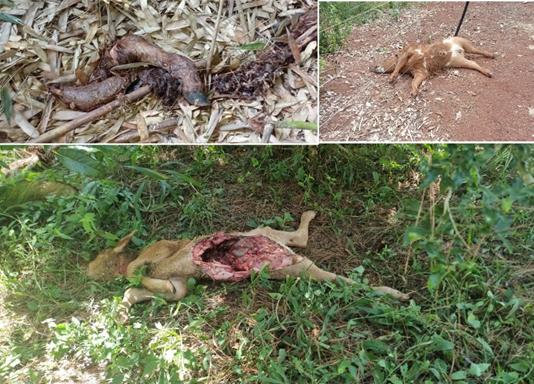
Carcasses of Animals Preyed Upon in Argentina
We develop funding proposals for actions that promote engagement and coexistence between people and large felines, such as:
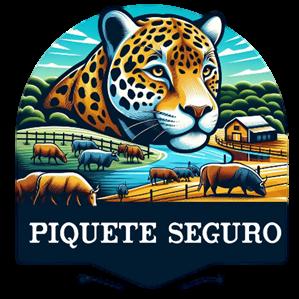
Proposal Development Communication
The Safe Paddock Program aims to protect cattle herds from jaguar predation around Iguaçu National Park. The initiative includes the installation of electric fences and solar-powered water systems on up to 10 rural properties with a history of attacks and limited financial capacity.
The Jaguar Guardians Club is an initiative by Projeto Onças do Iguaçu focused on environmental education for students in rural schools within the municipalities of São Miguel do Iguaçu, Serranópolis do Iguaçu, and Matelândia. The project lasts four months and aims to raise awareness and engage children in the conservation of jaguars and local biodiversity through practical, creative, and educational activities. It will be implemented in the second half of the year.
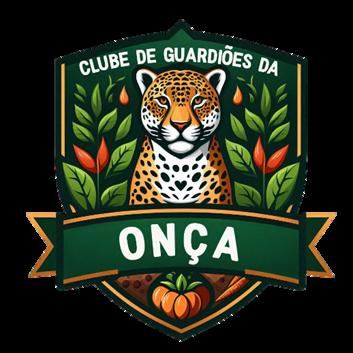
Spreading the Message
Have you seen our institutional video? What a beauty! It was produced by the wonderful team at Skytakes and funded by WWF Brazil. We also have versions in English, Spanish, and French.
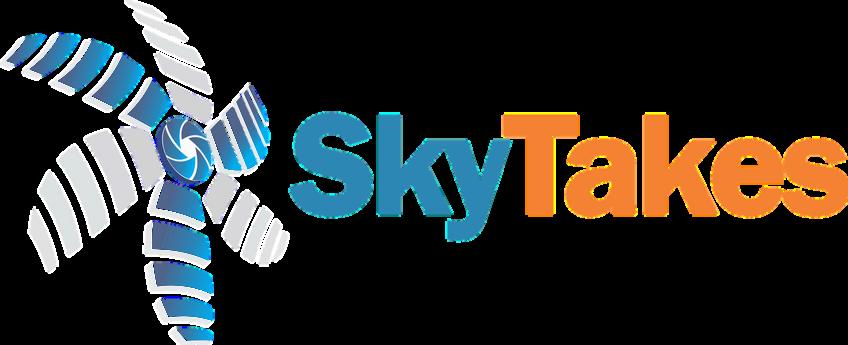
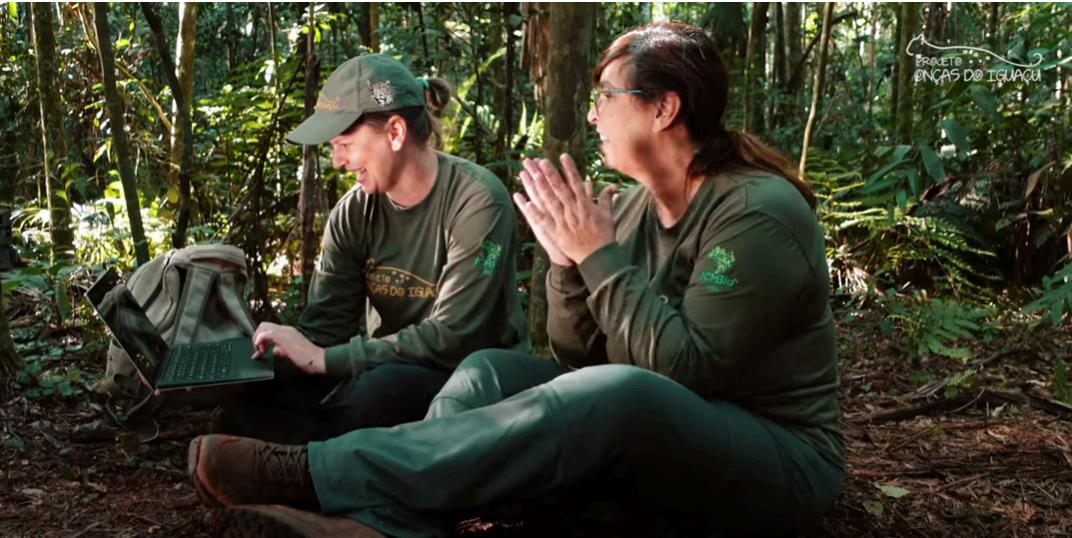
Institutional video
Presentations
Between January and May 2025, seven lectures were delivered (both in Brazil and abroad), reaching approximately 218 people.
Between January and May we responded to approximately

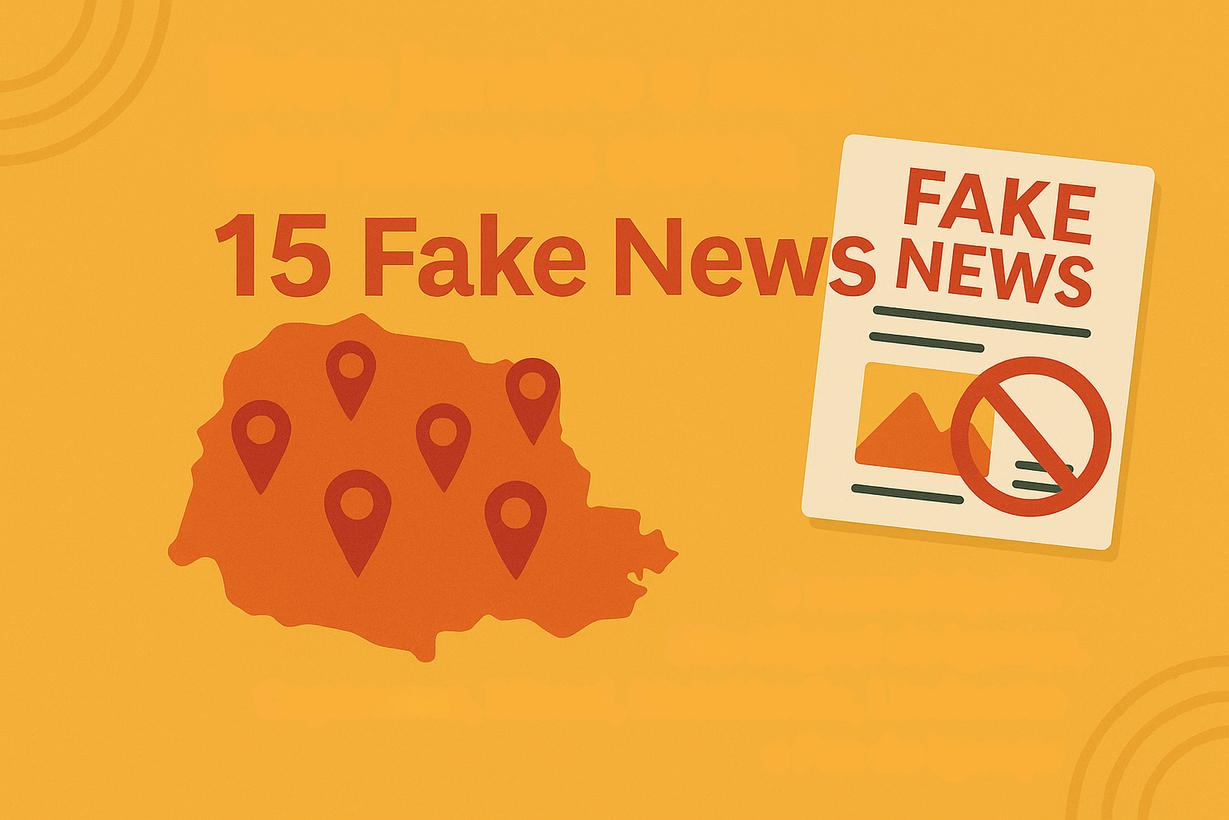
6 cities. São Miguel do Iguaçu, Capanema, Missal, Matelândia, Lindoeste e Foz do Iguaçu
Outreach

Social media
Our Facebook page has 58,000 followers and reached 915,400 people between January and May 2025.
Our Instagram account has 46,900 followers and gained 3,700 new likes between January and May 2025.
In March, we published an opinion article in Folha de São Paulo and in April, a feature story in O Eco.


Reports 2024
2024 Annual Report
Executive Summary of the 2024 Annual Report in Portuguese and English 2024 Financial Report
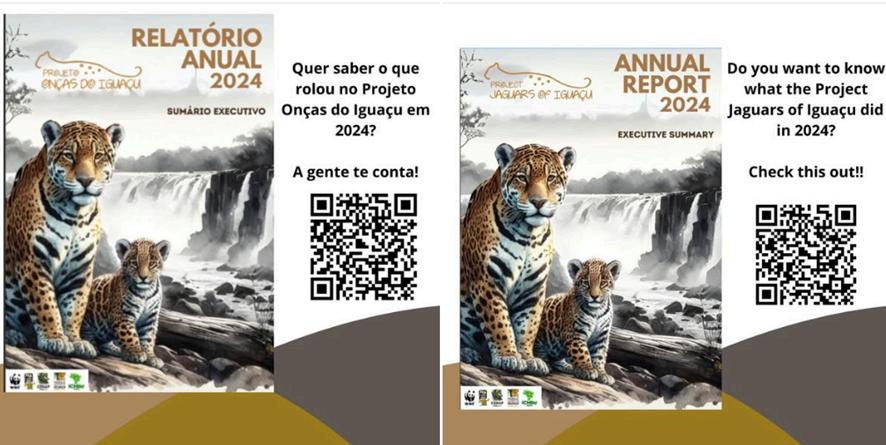

Awards

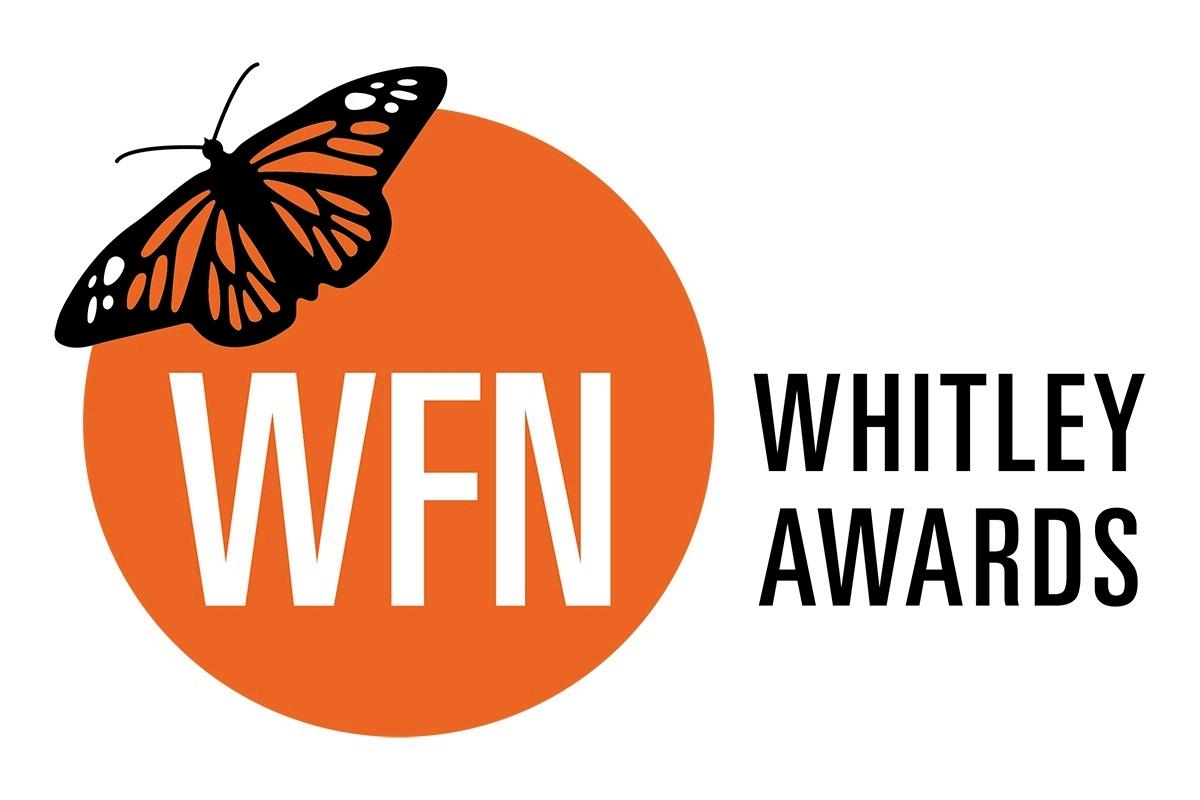
In May, Yara Barros, Executive Coordinator of the project, was invited to London to receive the 2025 Whitley Award, known as the “Green Oscar” of conservation! ���� The award was presented by Princess Anne! �� It was a week full of training, learning, and networking. This international recognition is given to leaders who are transforming biodiversity conservation worldwide. We were thrilled to represent Projeto Onças do Iguaçu, our Atlantic Forest, and all the people who believe in coexistence between humans and jaguars ����
It’s more than a trophy: it’s a renewed responsibility and a powerful drive to keep protecting nature with science, passion, and hope.


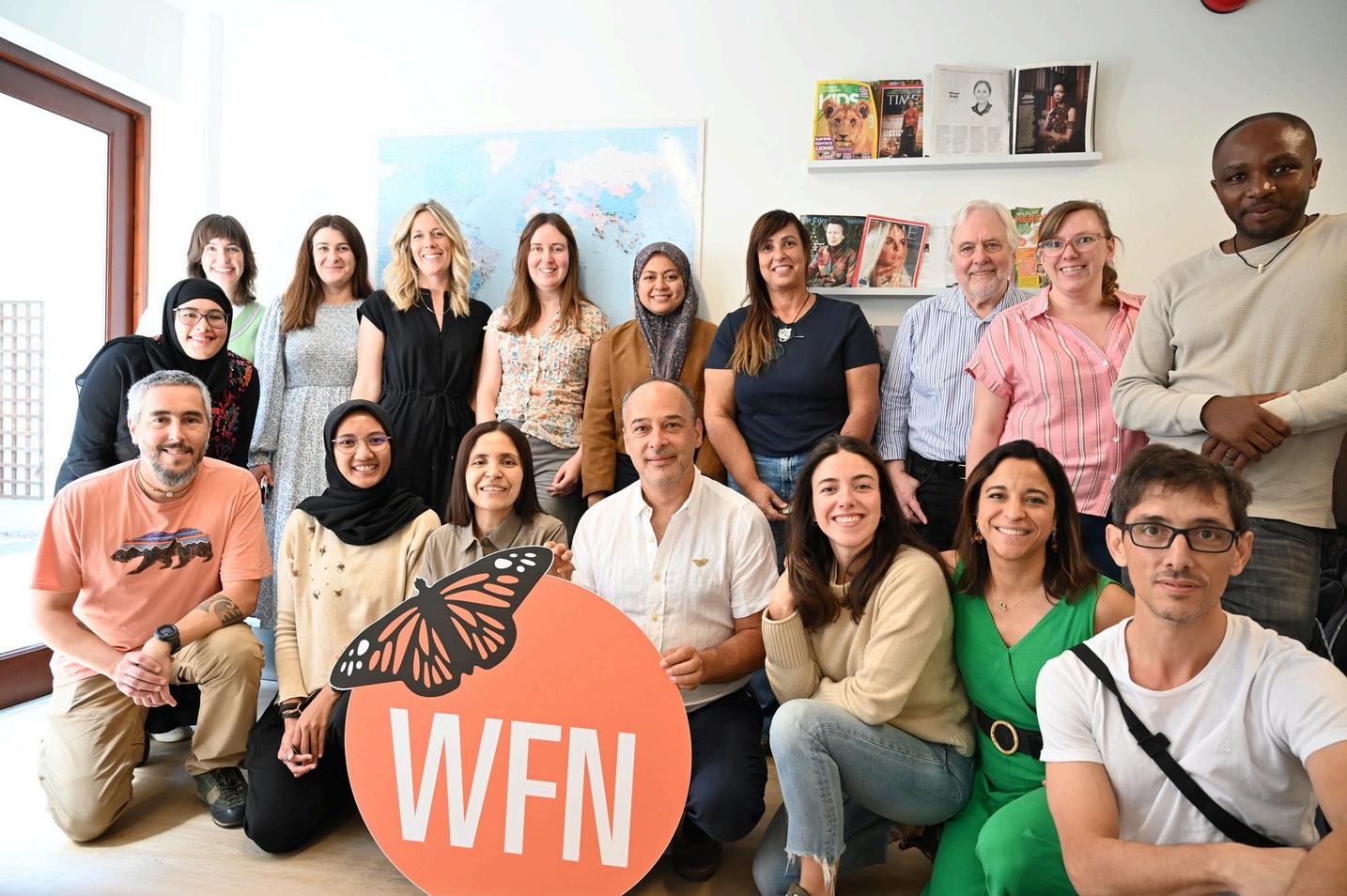
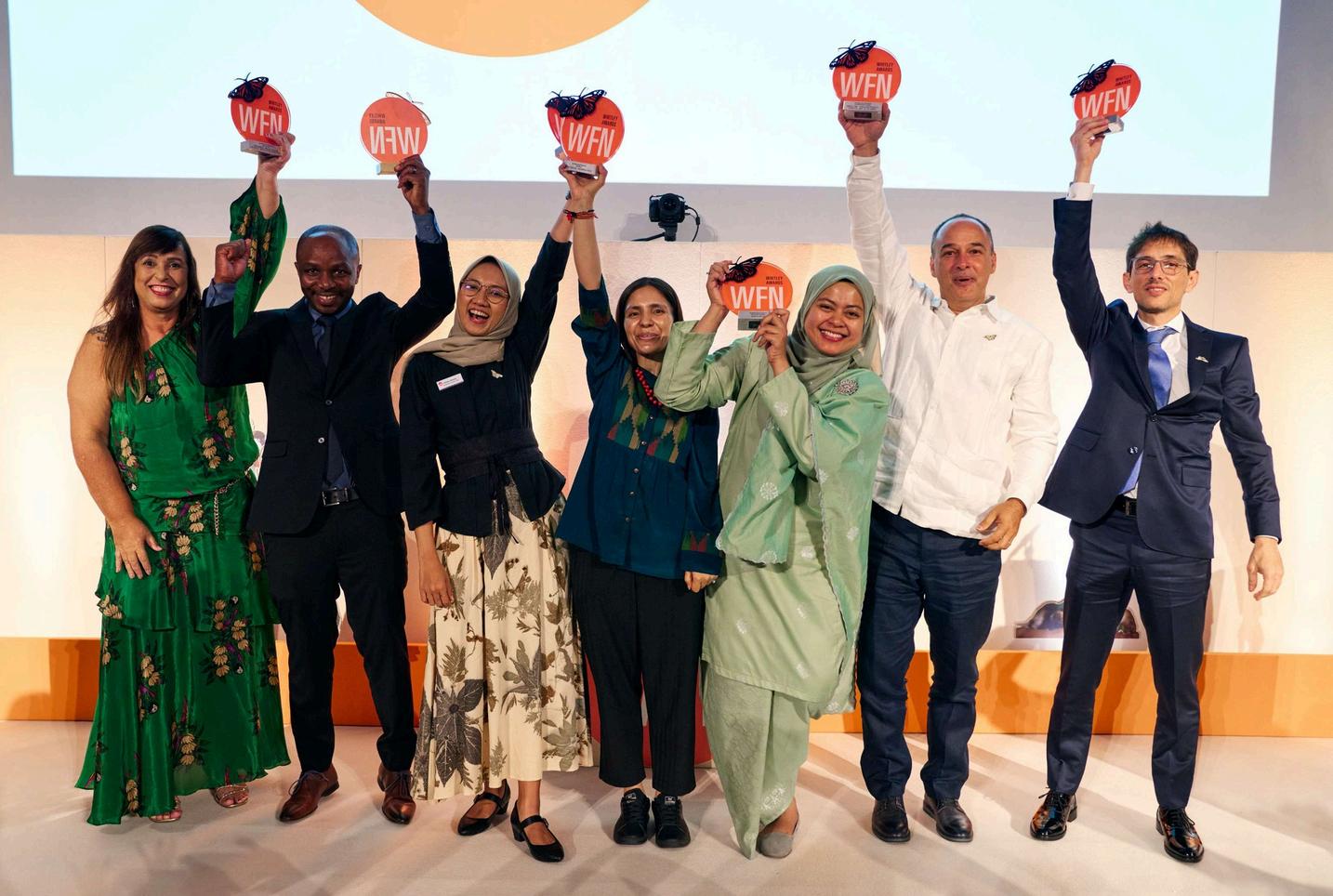
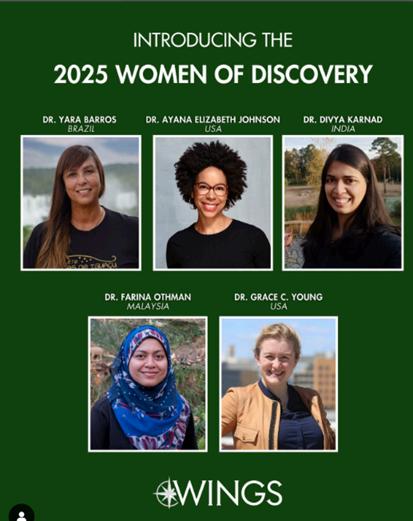

In April, Yara Barros was also announced as one of the winners of the 2025 WINGS Award, an internationally prestigious recognition in the field of wildlife conservation.
The WINGS Women of Discovery Award is granted by the U.S.-based organization WINGS WorldQuest, which celebrates and supports women working on the front lines of exploration, science, and conservation worldwide.
The award recognizes exceptional women who, through their work, expand knowledge about the planet, protect biodiversity, and promote innovative solutions to environmental challenges. Yara will receive the award in October in New York. Receiving the WINGS Award represents not only personal recognition but also international appreciation for the work developed by Projeto Onças do Iguaçu in the conservation of jaguars and the Atlantic Forest.
Media
In the first months of the year, Project Jaguars of Iguaçu made quite an impact. Beyond the coverage of the Whitley Award, we had 50 media appearances, including on Conexão Planeta, Globo News, TV Cultura, Cidades e Soluções, Band News, and Mongabay.
Regarding the Whitley Award coverage, media monitoring indicates over a hundred press appearances across various types of media.
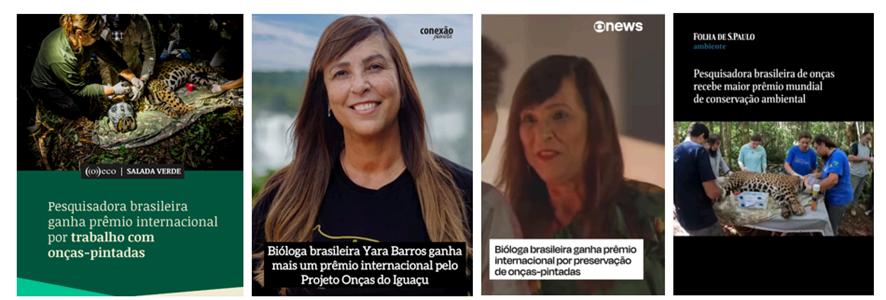
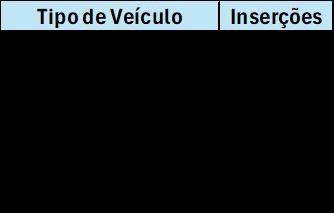
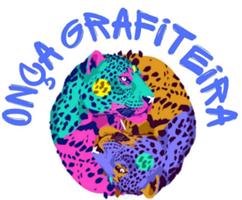
This is an initiative by Project Jaguars of Iguaçu and artist Igor Izy that uses art as a tool to raise awareness among communities in the municipalities surrounding Iguaçu National Park about jaguar conservation. The program involves creating murals depicting the jaguars of Iguaçu in the ten municipalities bordering the park.
In March, in partnership with the Municipal Tourism Secretariat of Foz and the Federal Revenue Service, the Onça Grafiteira project reached the Friendship Bridge, which connects Brazil and Paraguay and recently celebrated its 60th anniversary.
The wall, over 100 meters long, was entirely covered with graffiti featuring the jaguar as the main theme, bringing the jaguar closer to the thousands of people who cross the bridge every day.
The artwork by Igor Izy, titled “Coexistir” (Coexist), represents the harmonious coexistence between jaguars and people. Eco Park was our partner, sponsoring part of this mural.
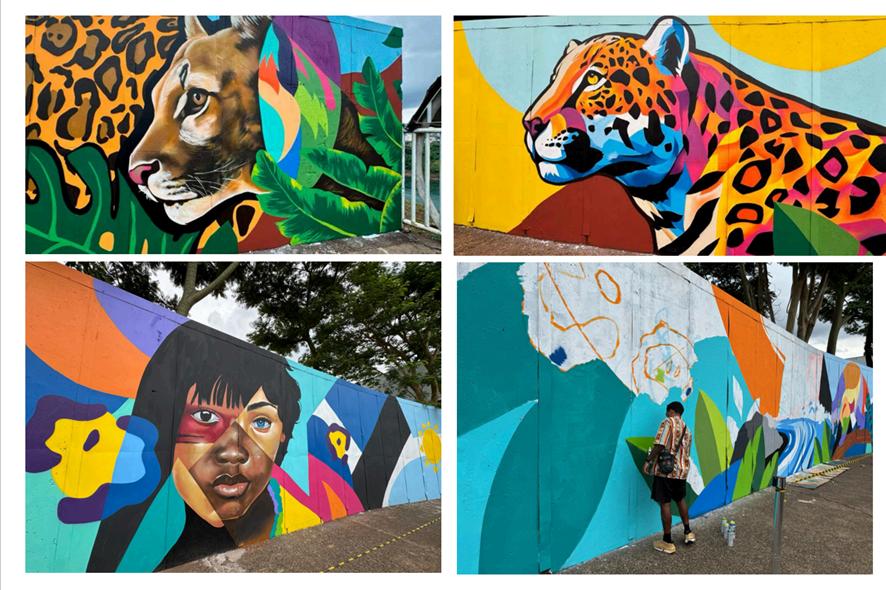
Cougar Trail
In front of Rancho Jaguareté, in São Miguel do Iguaçu, ICMBio and owner Marcos Alves opened the Puma Trail, which is 8 km long. The idea is for visitors to use this trail, and increased circulation could deter the presence of hunters.
Eco Park provided materials and labor for the construction of a bridge that allows people and bicycles to cross the trail, which will be inaugurated in July.
At Rancho Jaguareté, a mural depicting the puma was created.
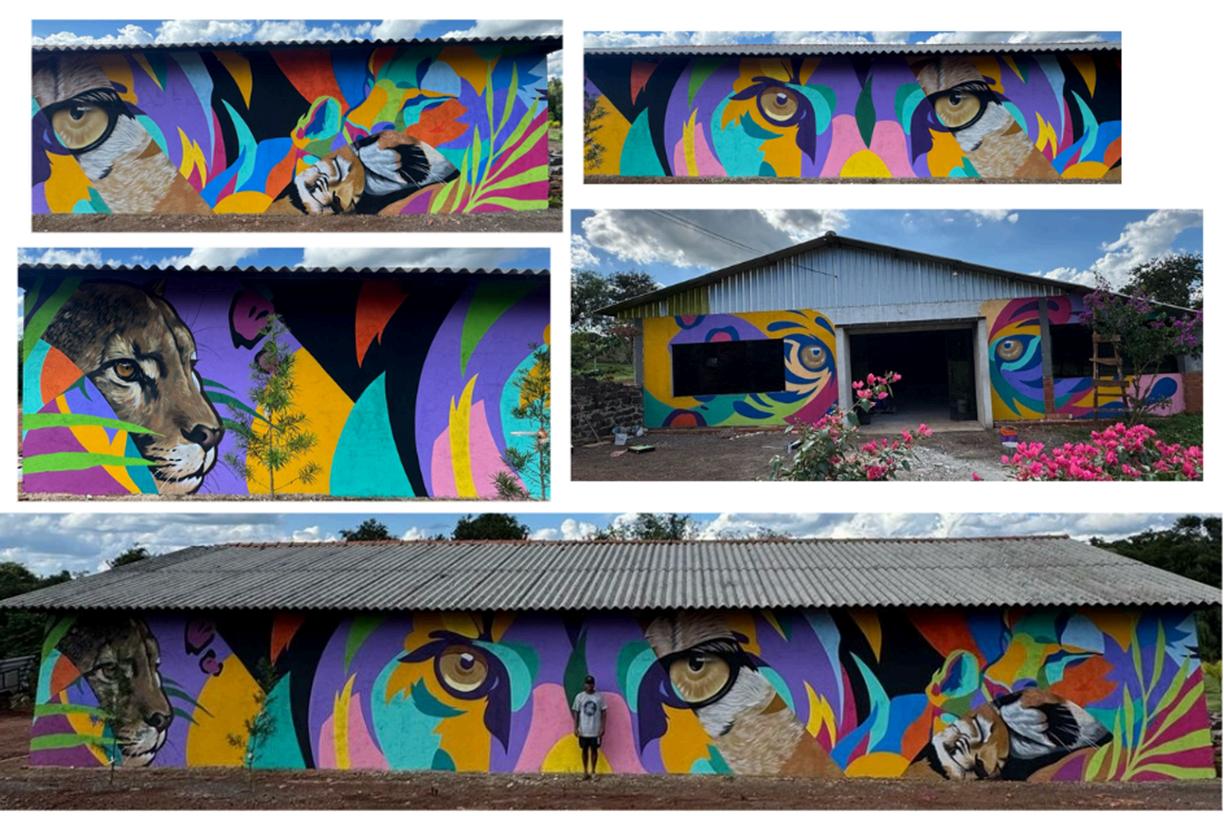
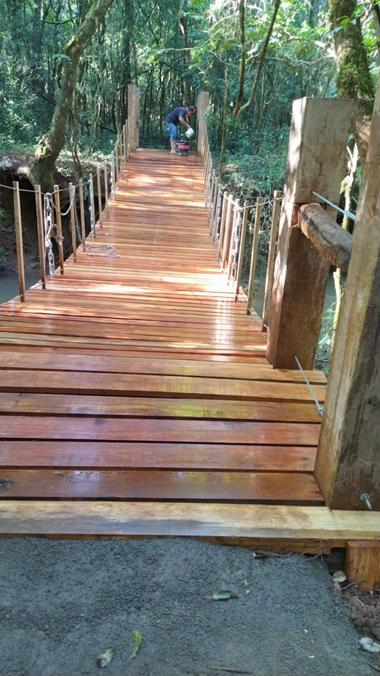
Actions with Iguaçu National Park
CONPARNI
We are members Council of Iguaçu with Yara Barros and Thiago Regin Yara currently ho of CONPARNI, an meetings. We also have tea Thematic Chamb Reginato) and Re Strategic Plann
In February, we participated in monitoring the Strategic Planning of Iguaçu National Park, presenting the project results. We also hold weekly alignment meetings with the Chief of Iguaçu National Park.
Training for Developing Projects for Ancillary Charges
In February, together with Igor Morais (PNI/ICMBio), we offered a training session on preparing proposals to be submitted to ICMBio, requesting the use of ancillary charges.

